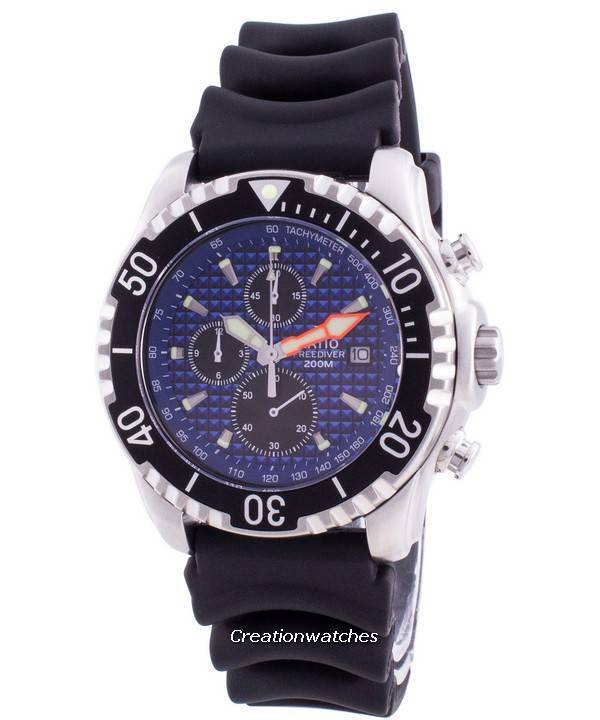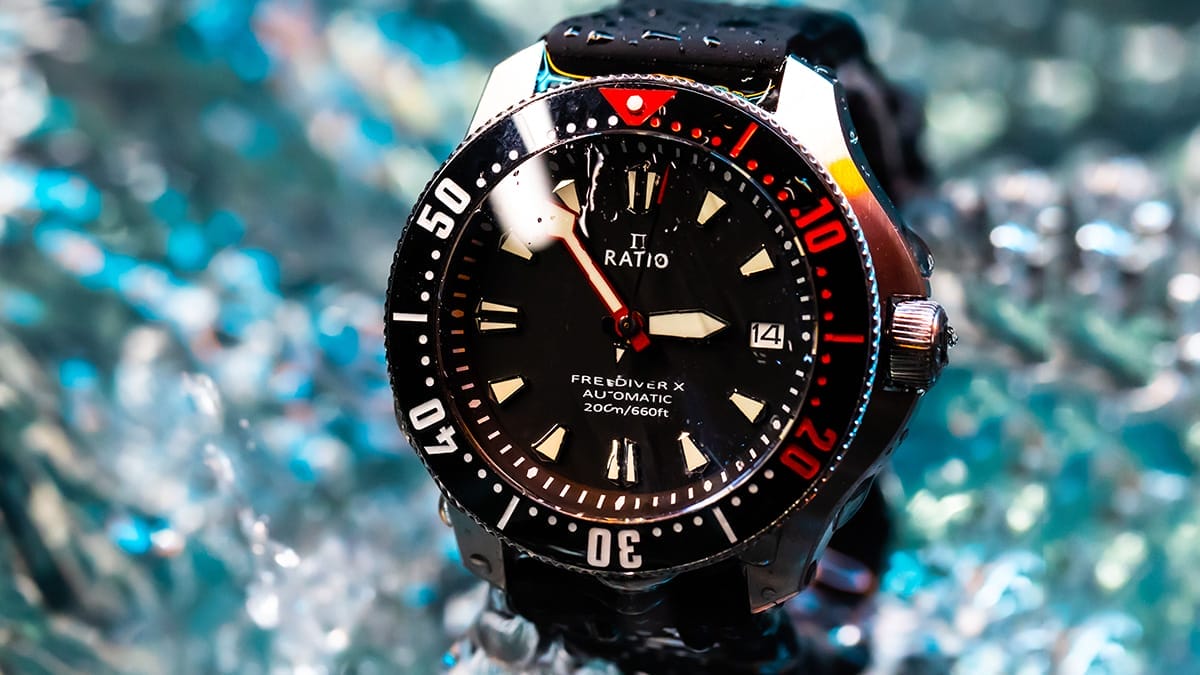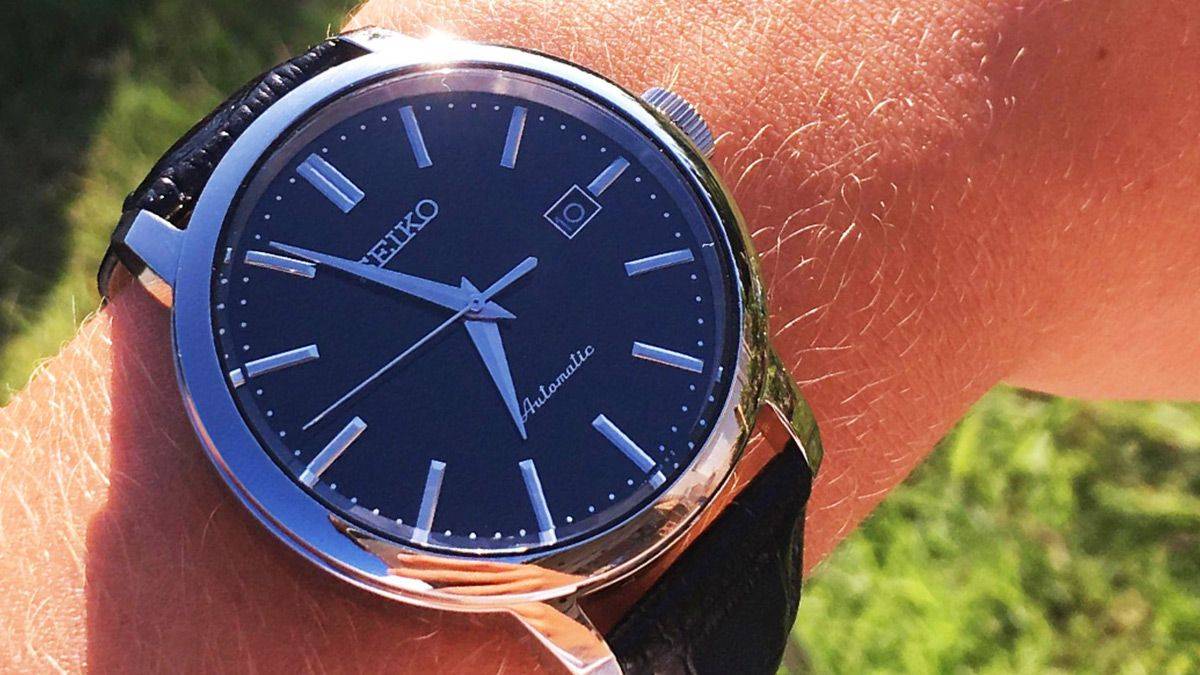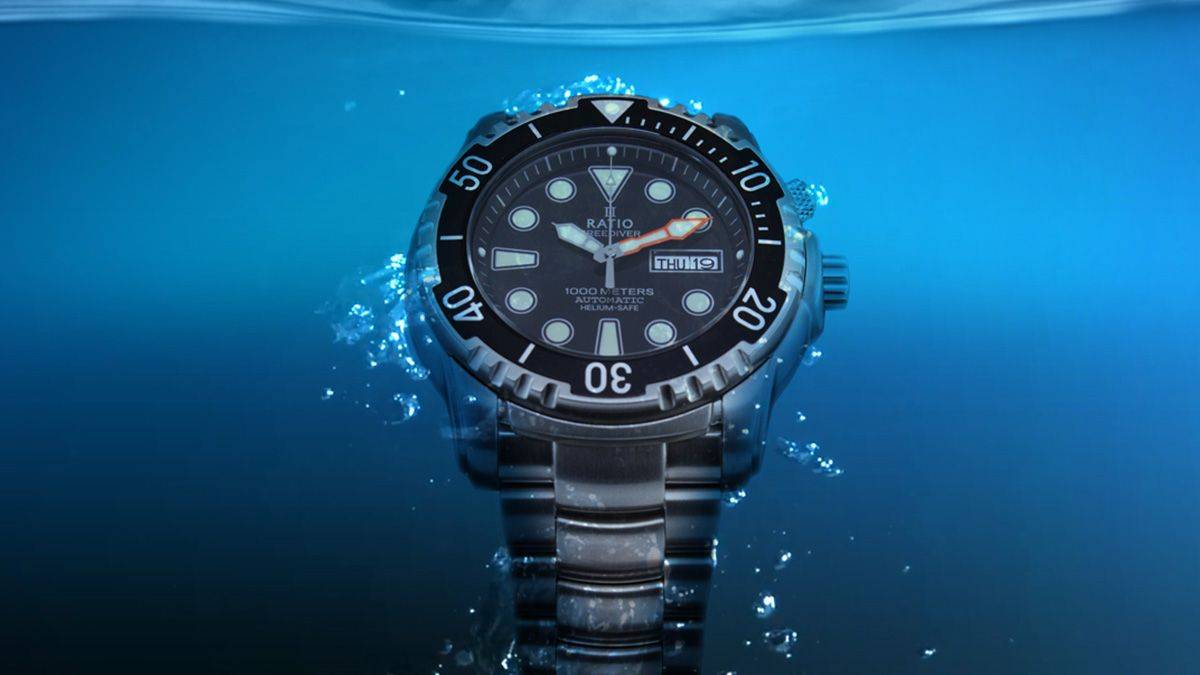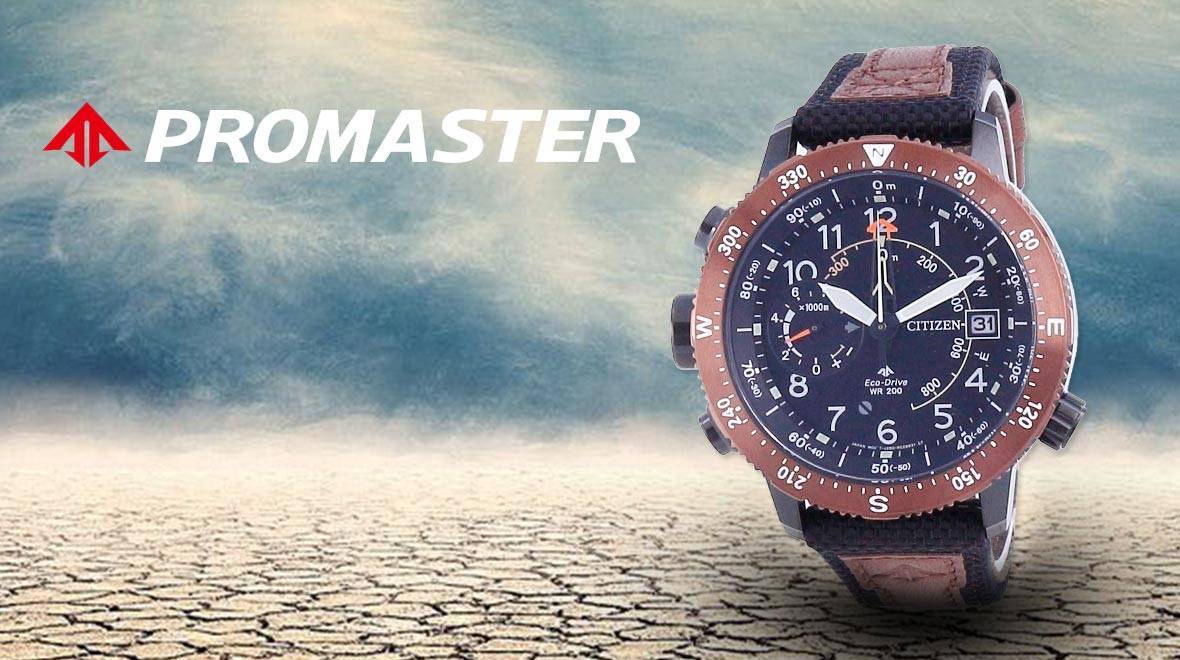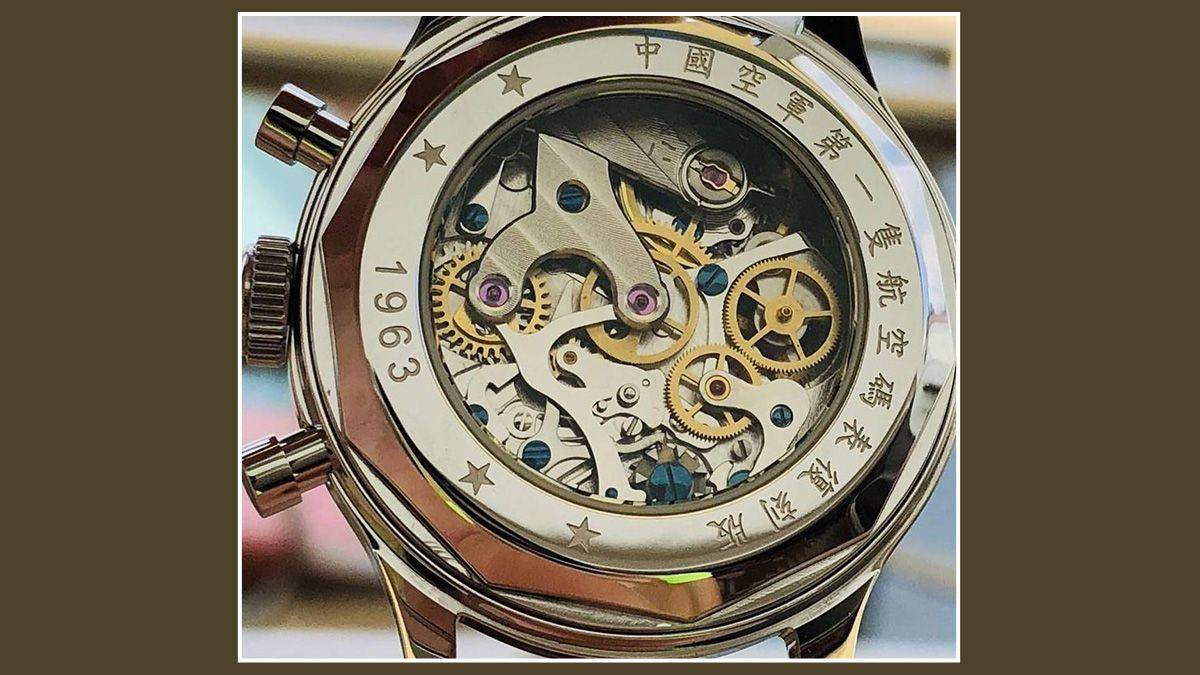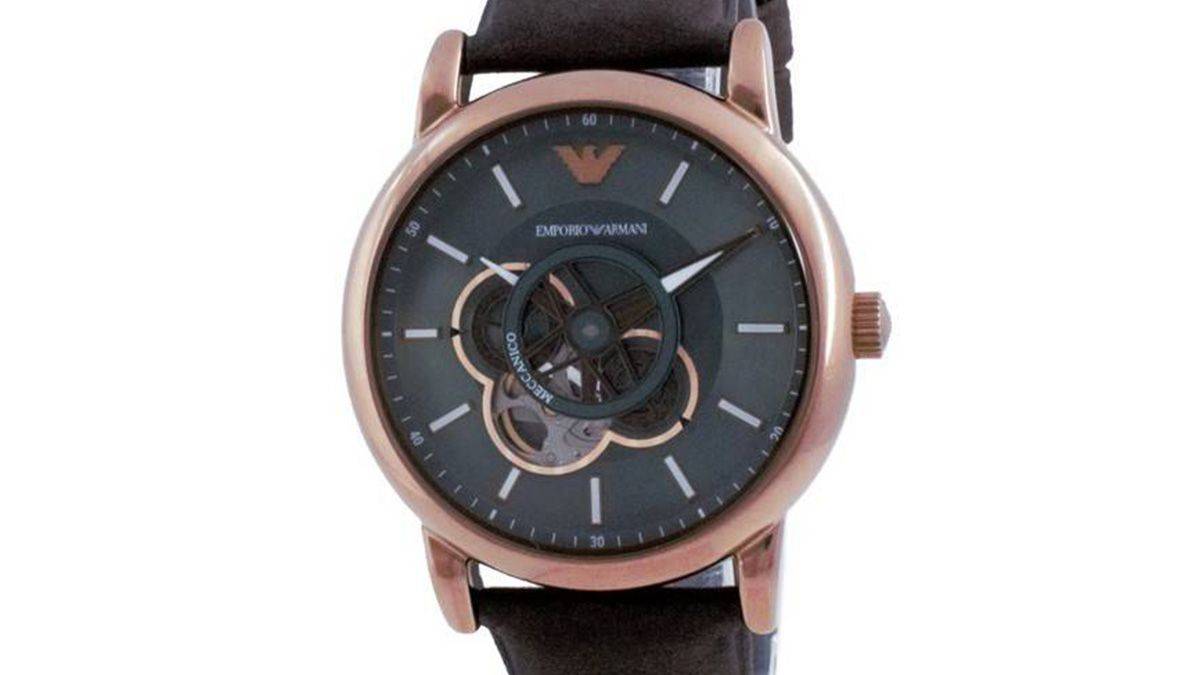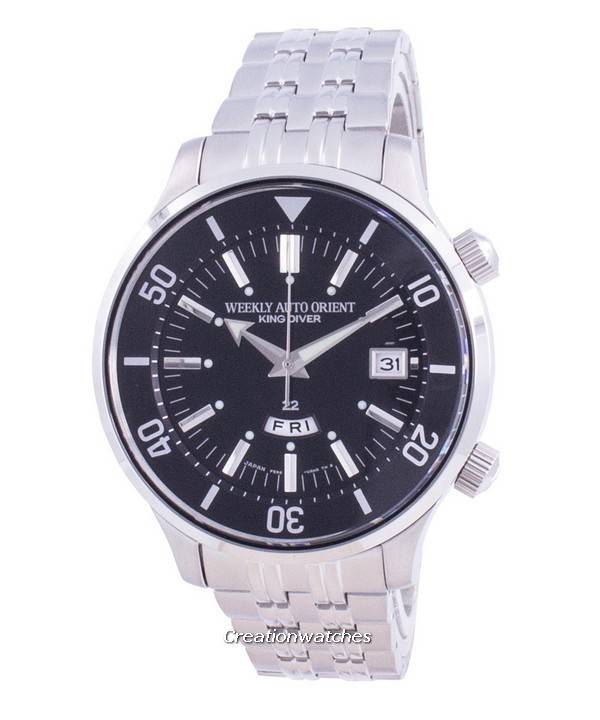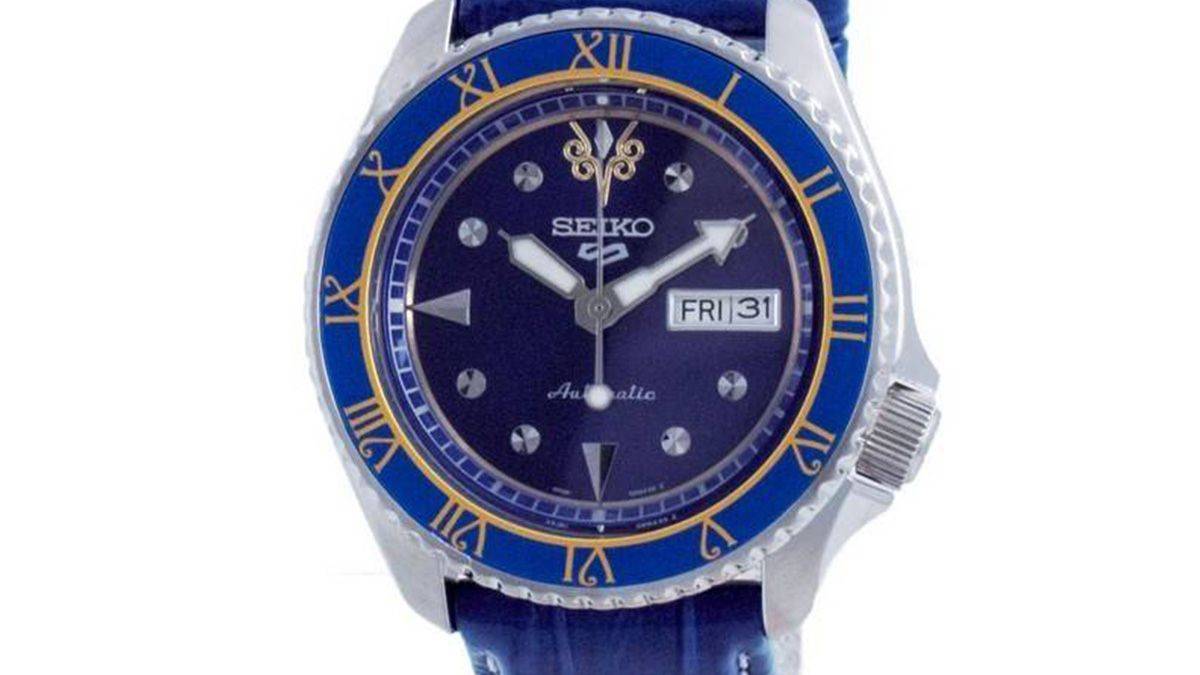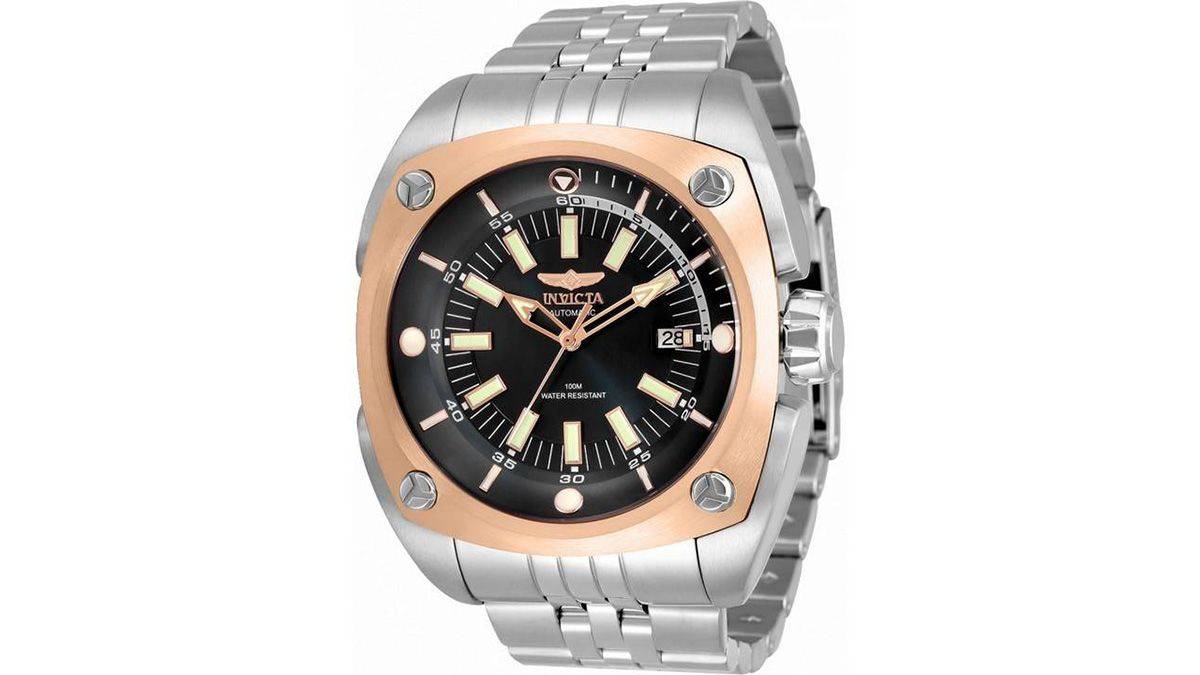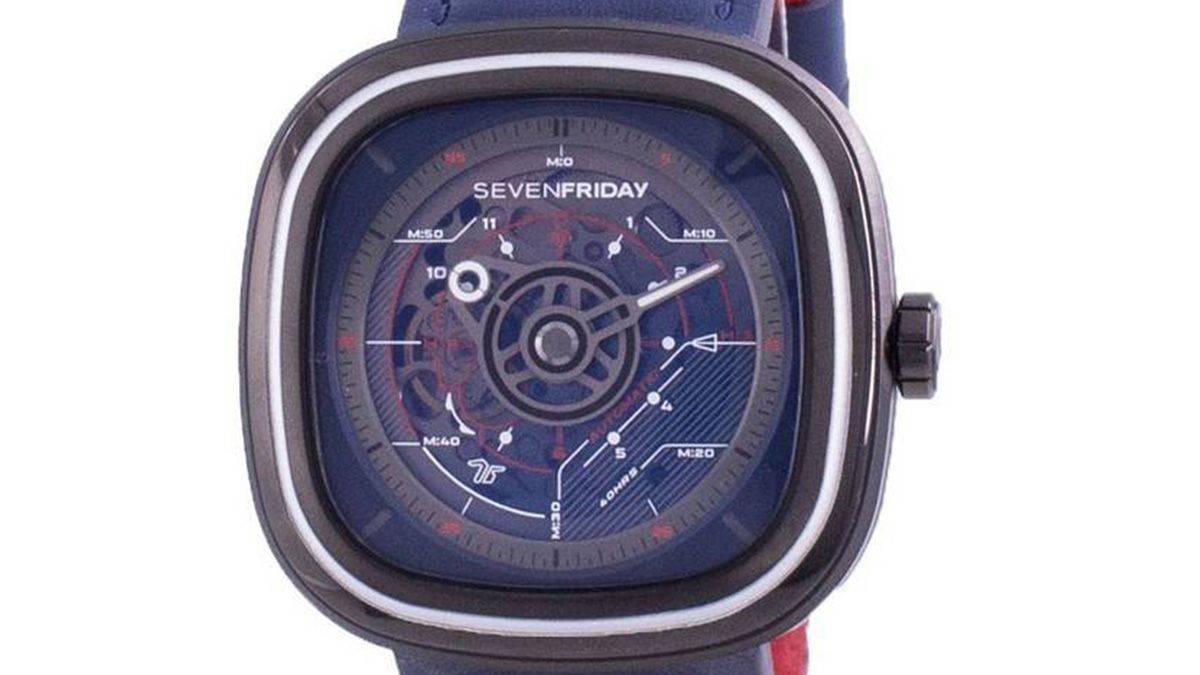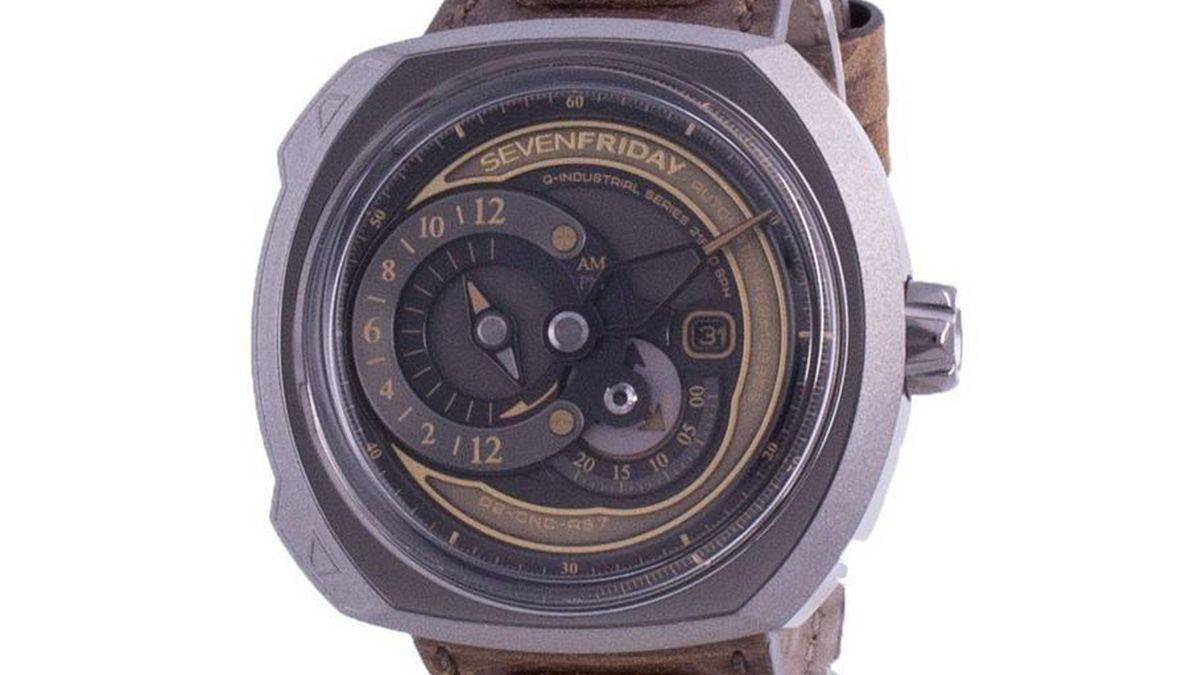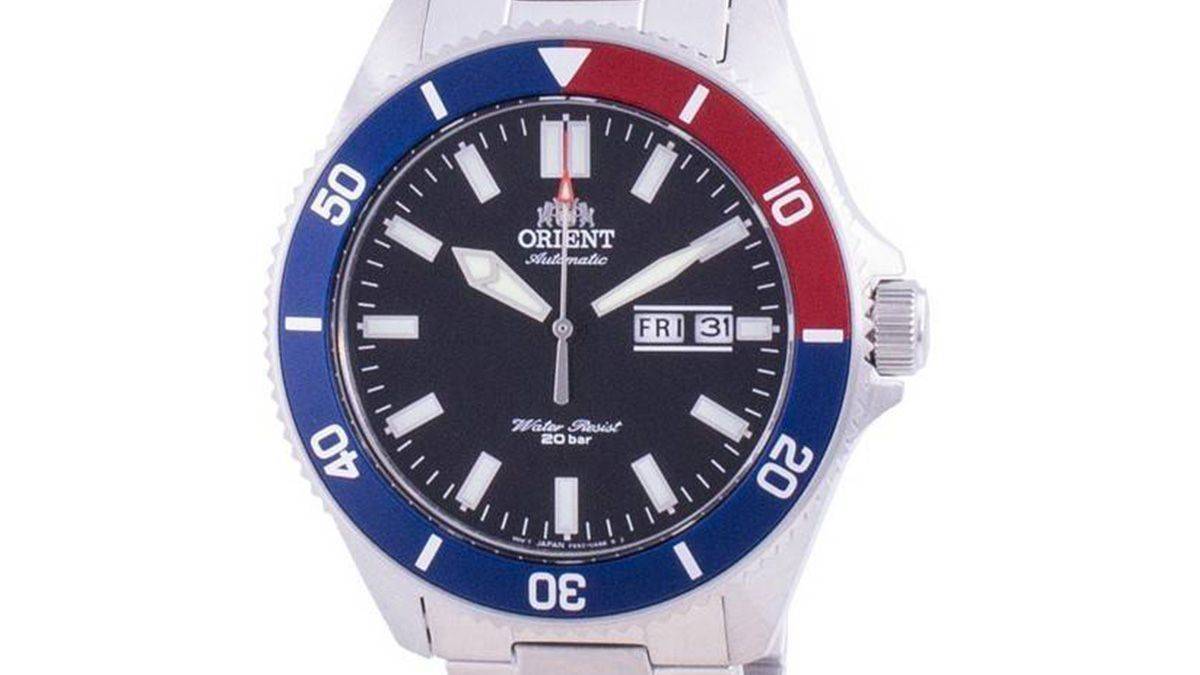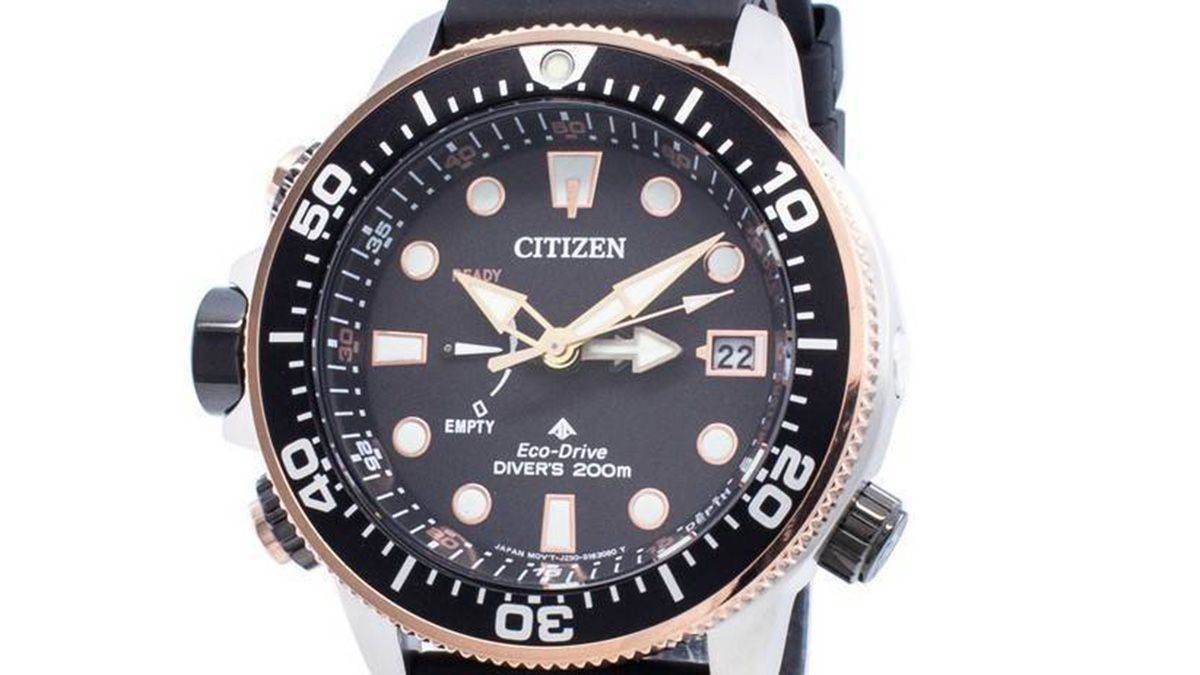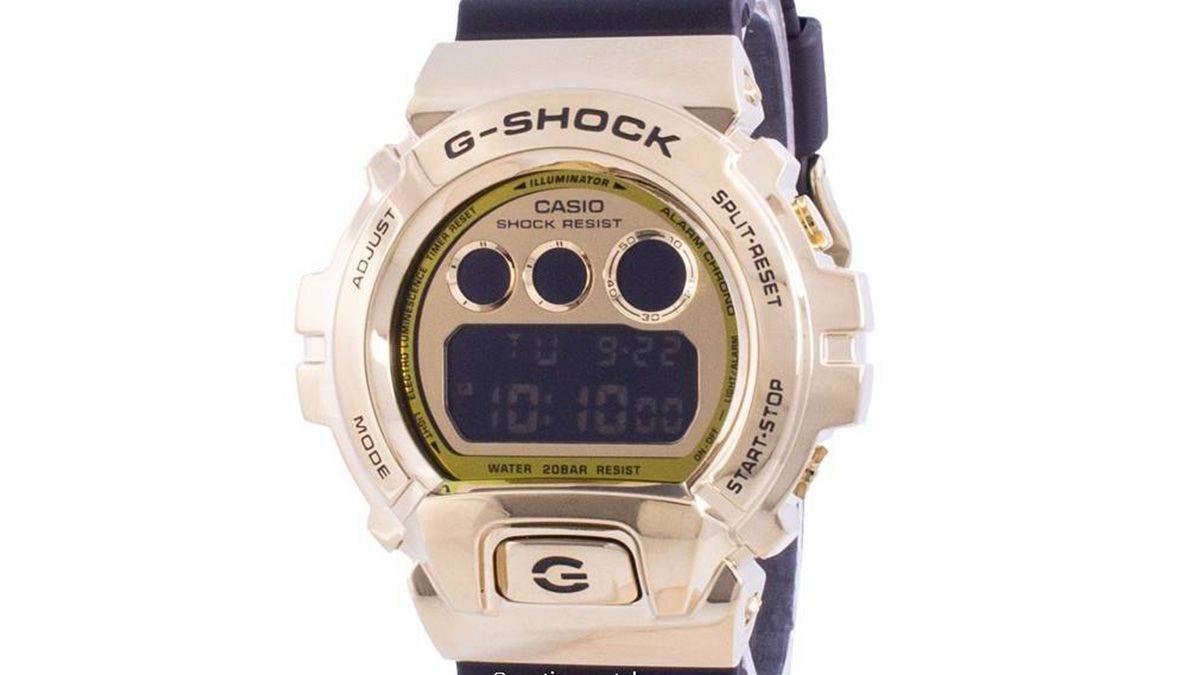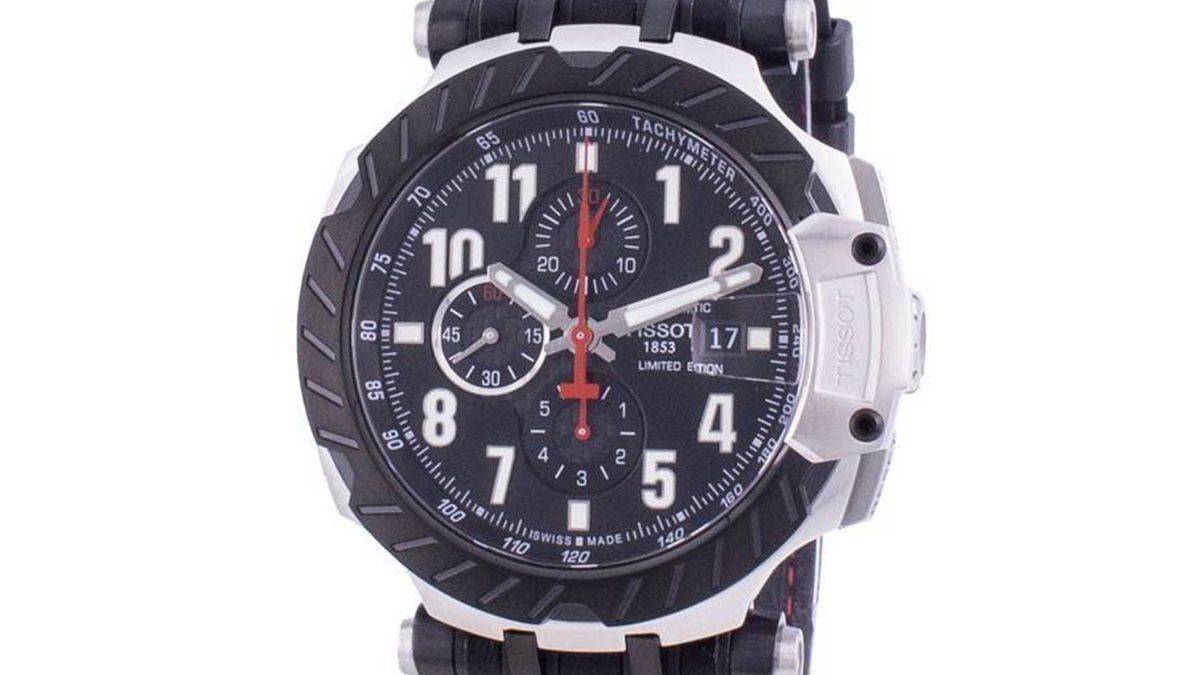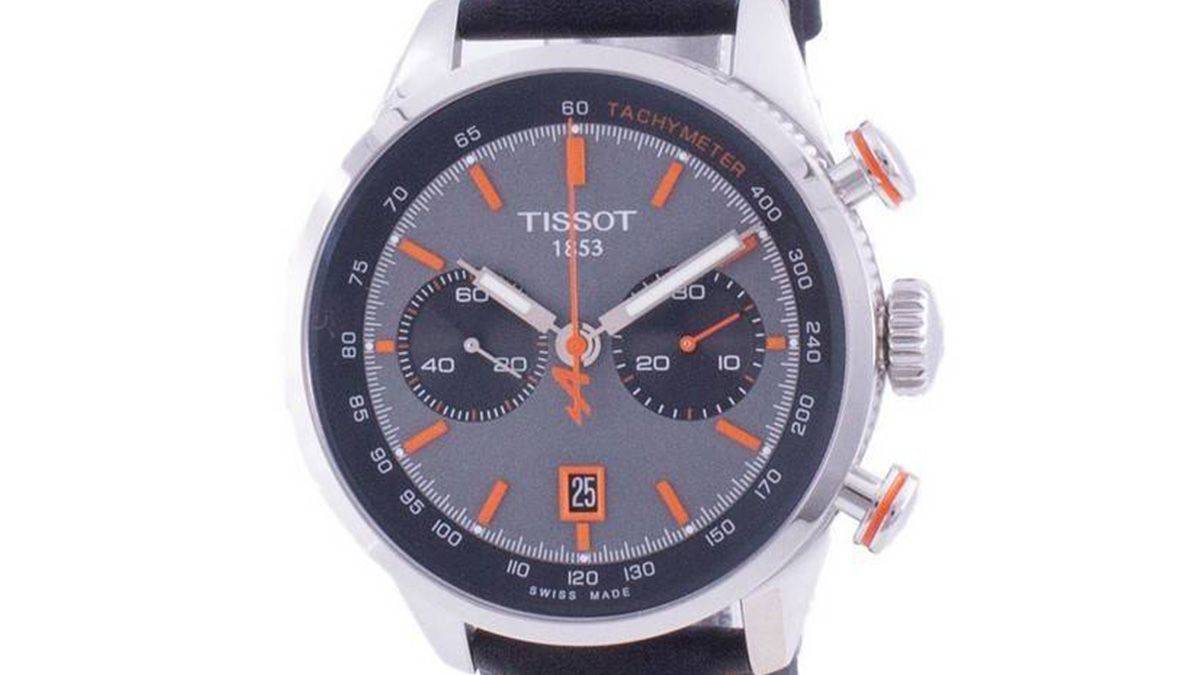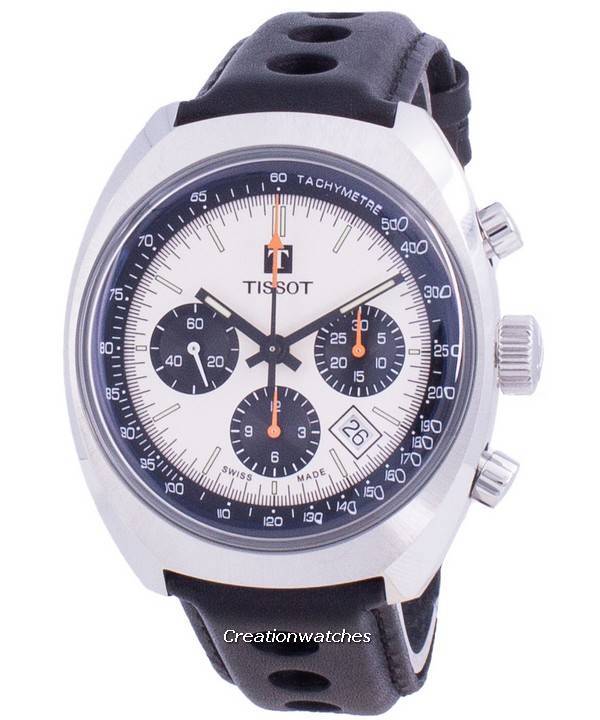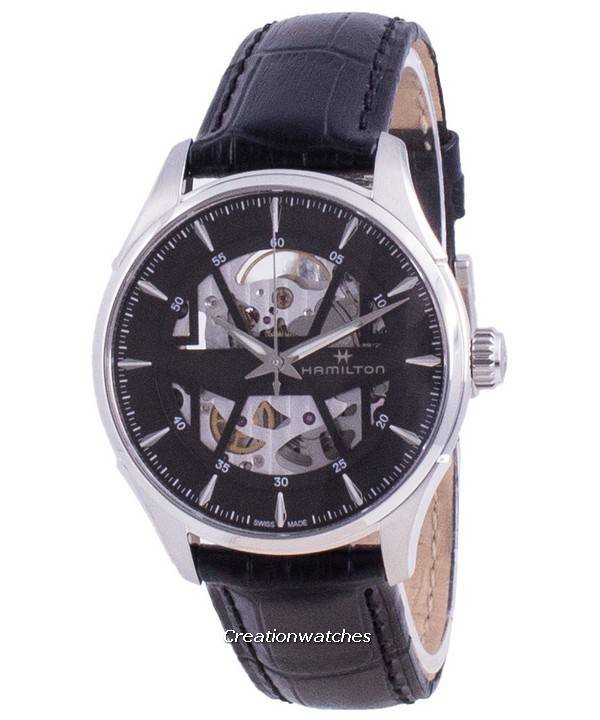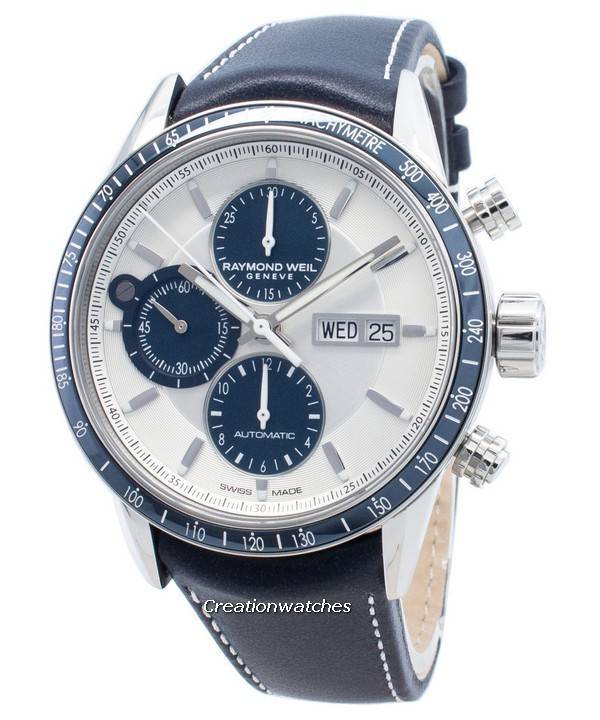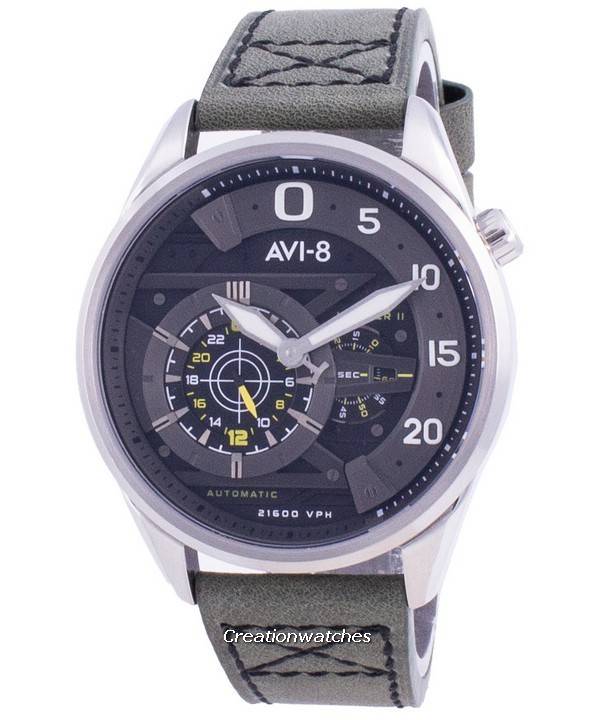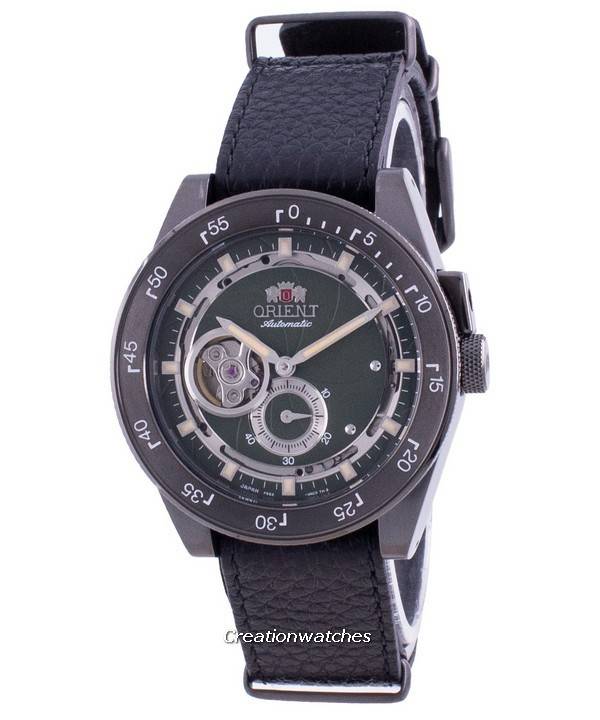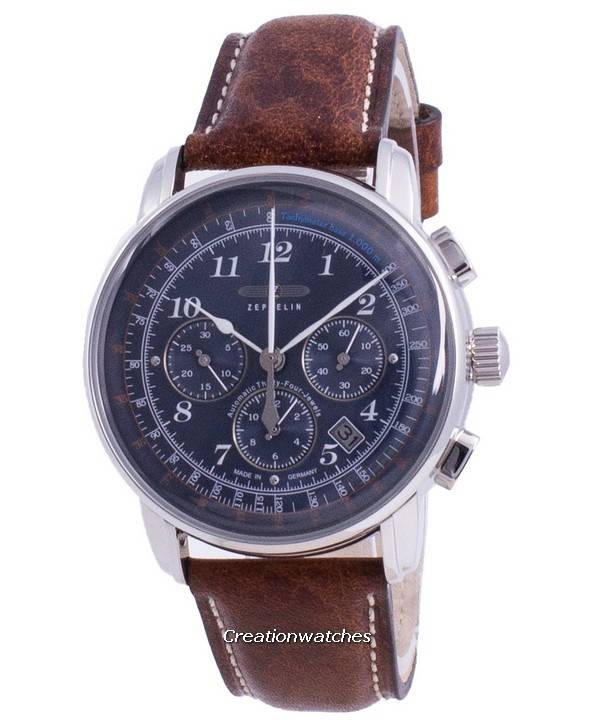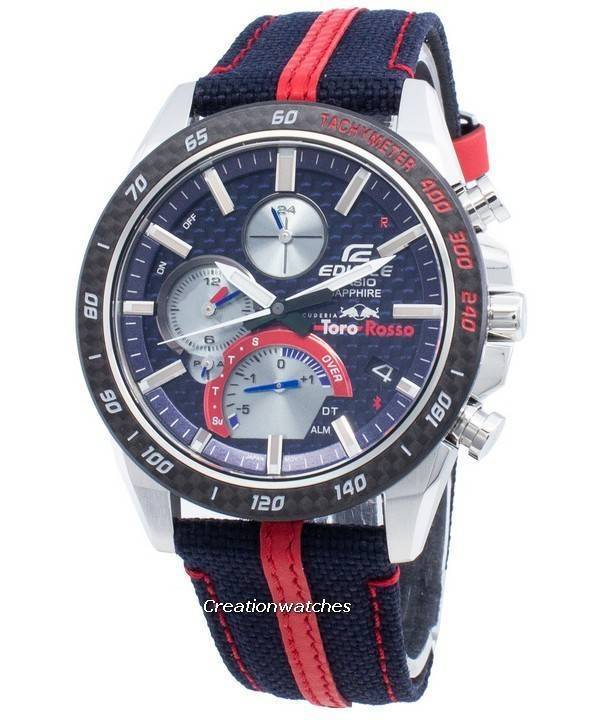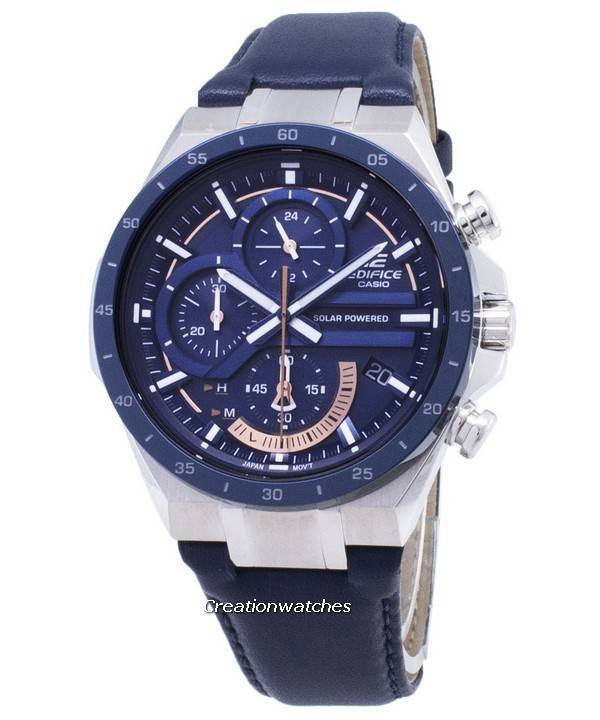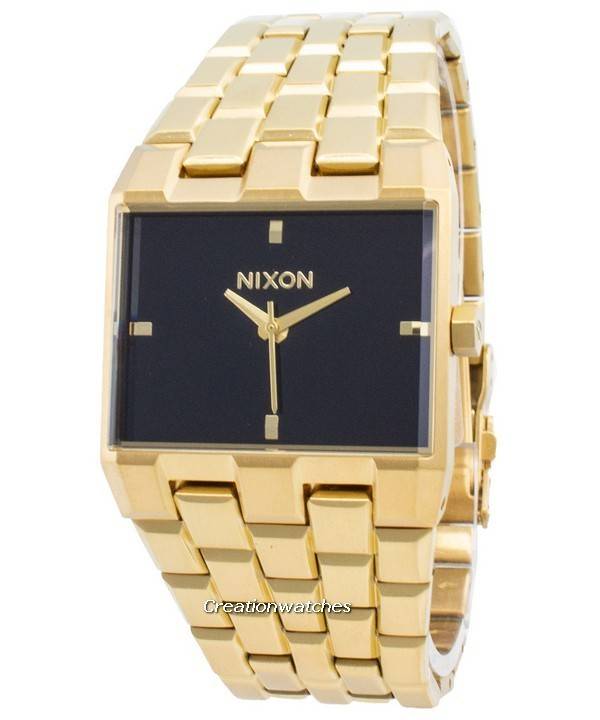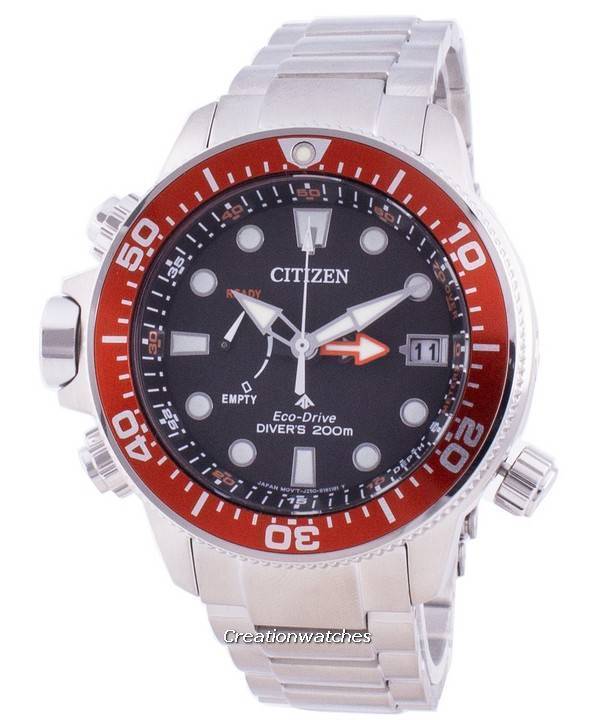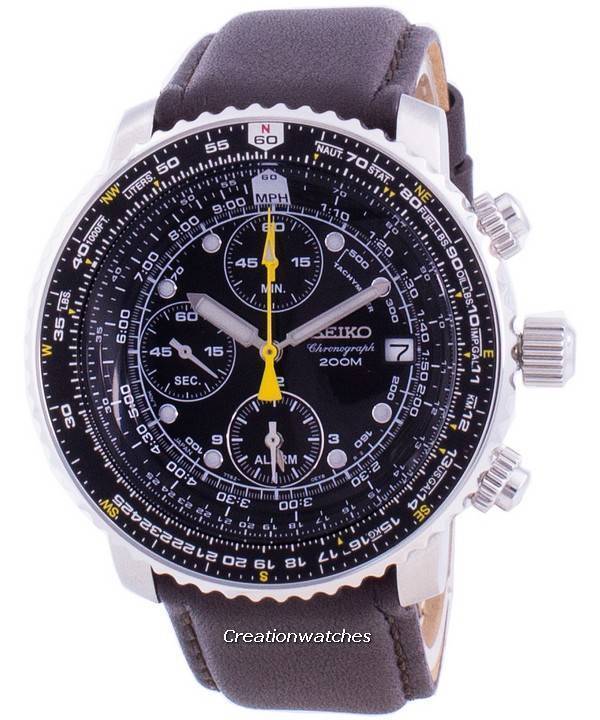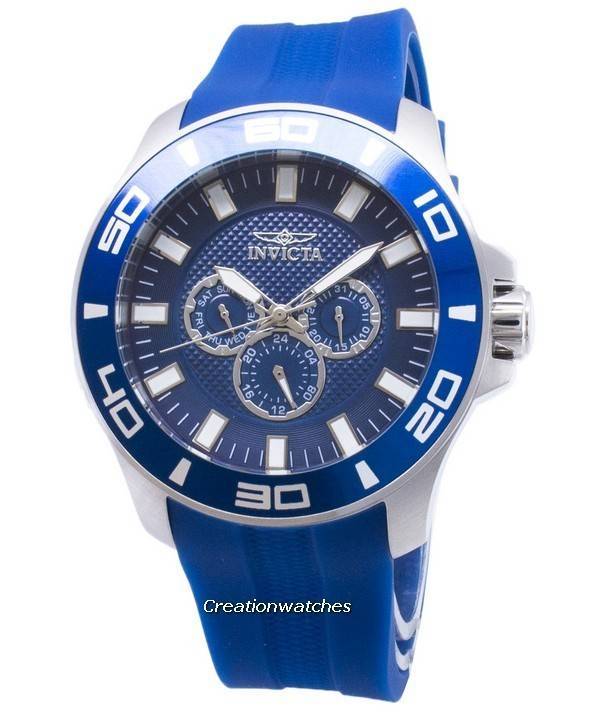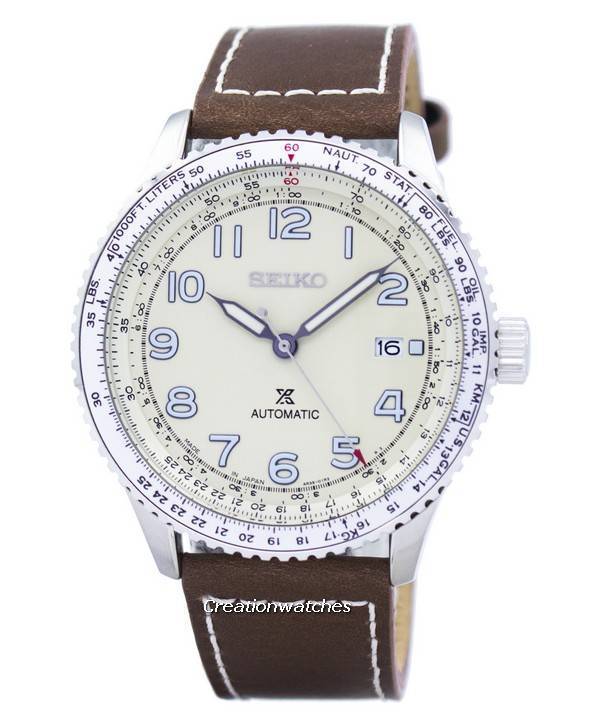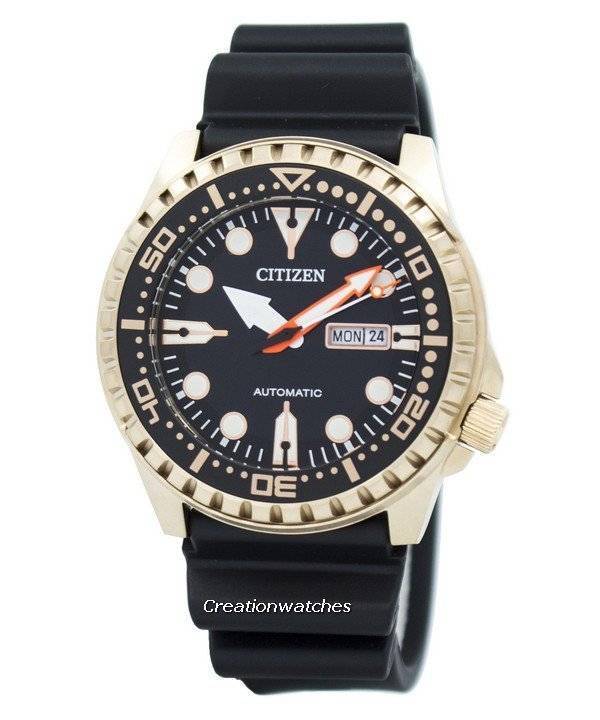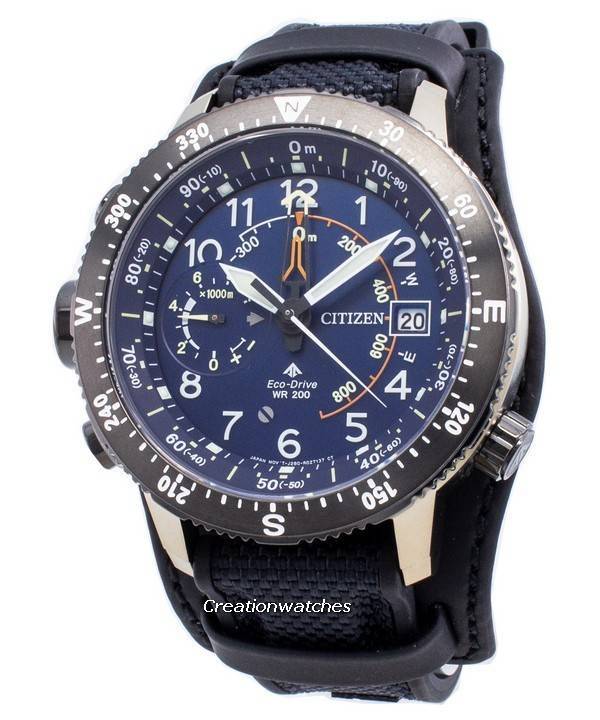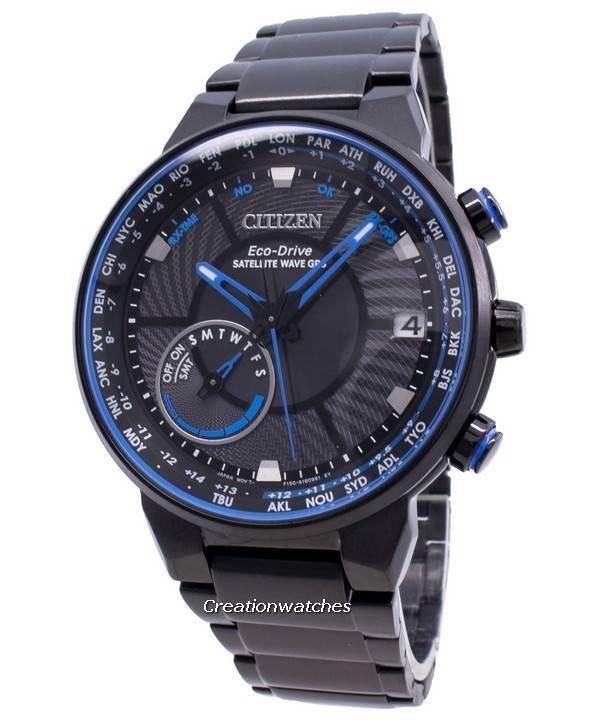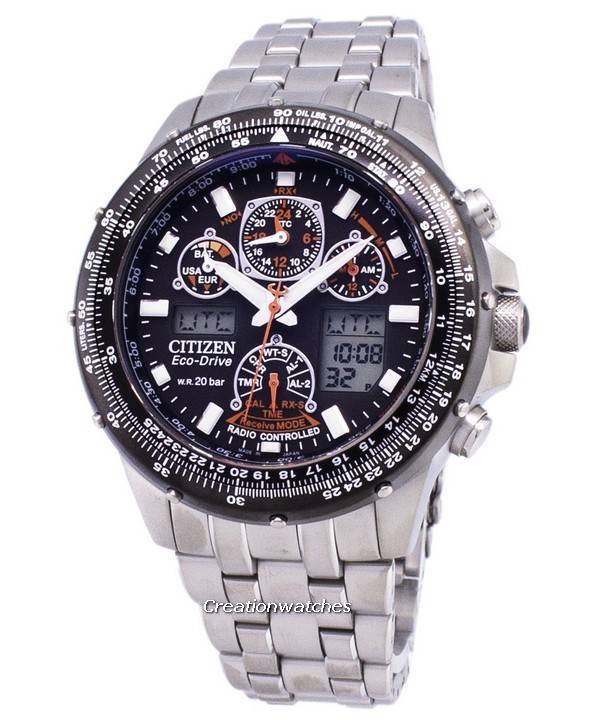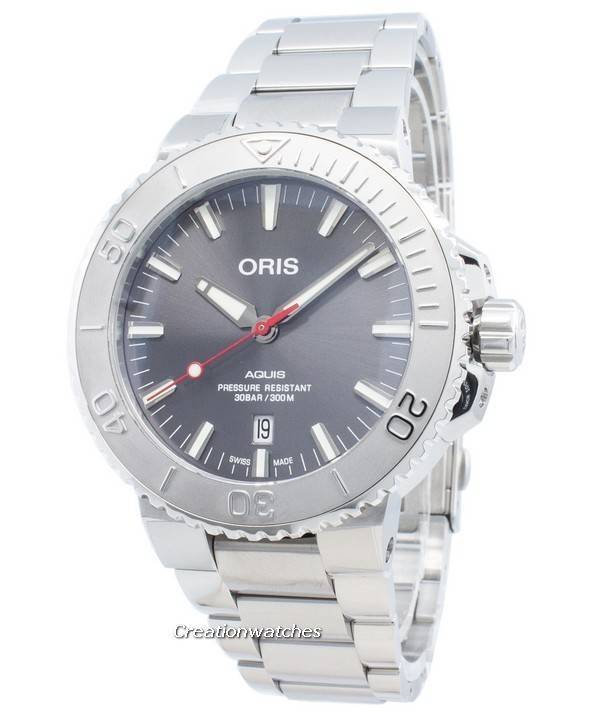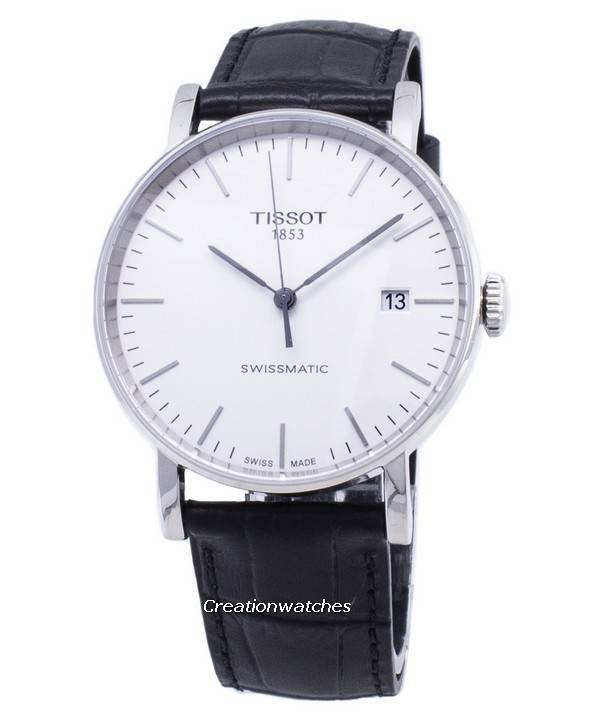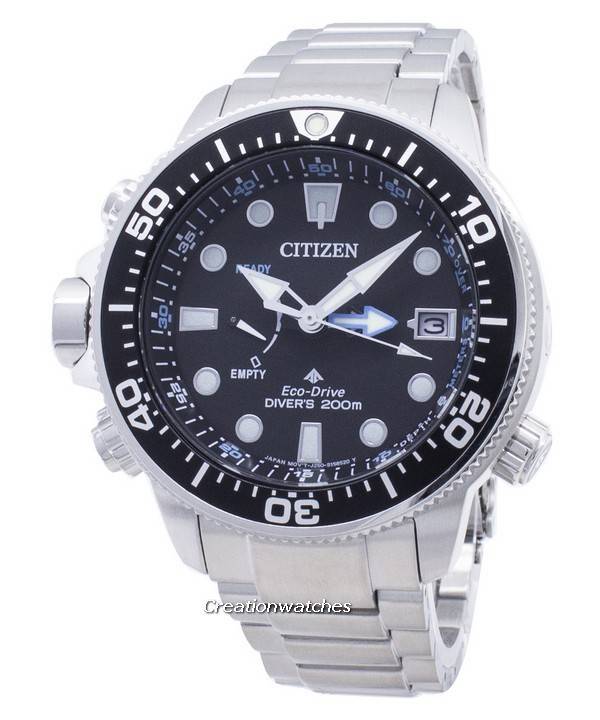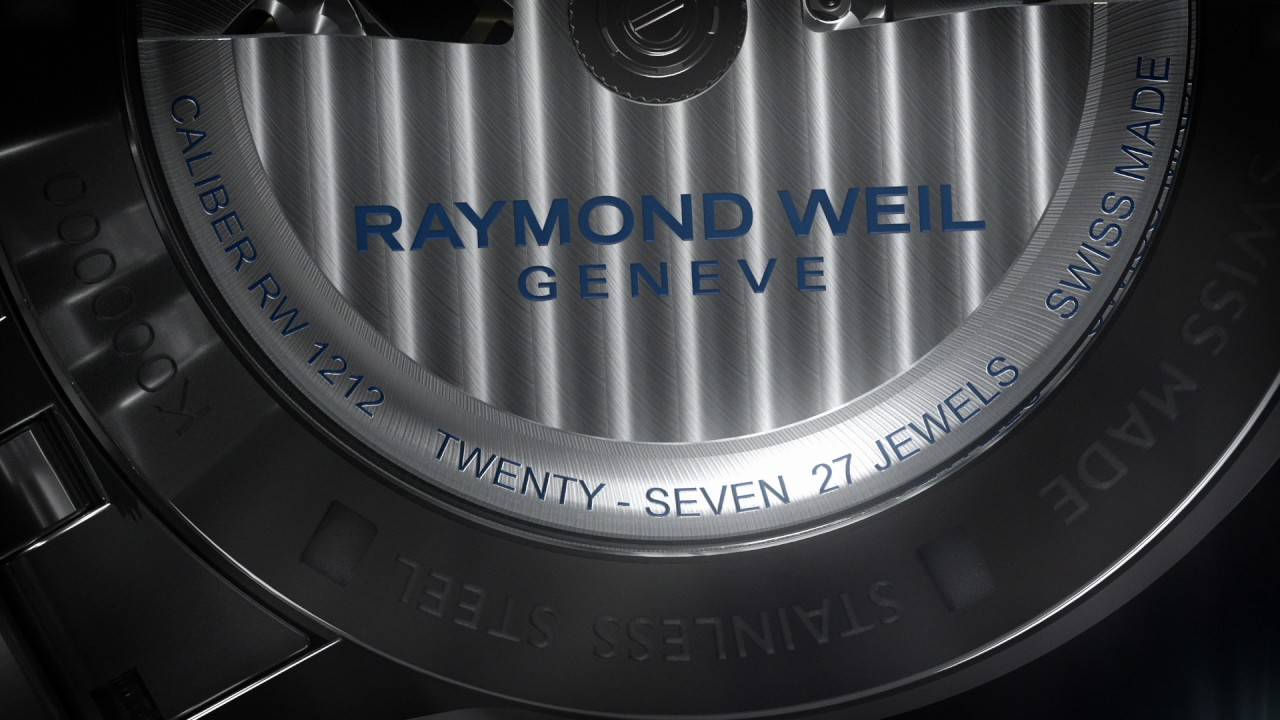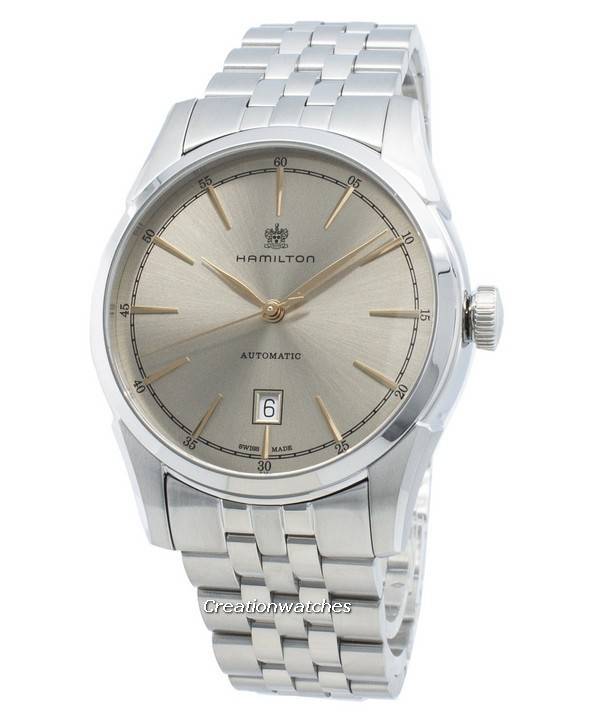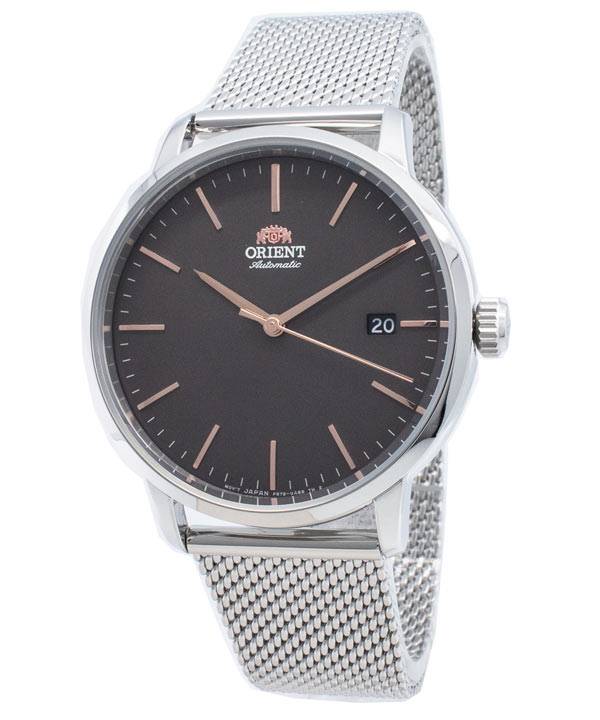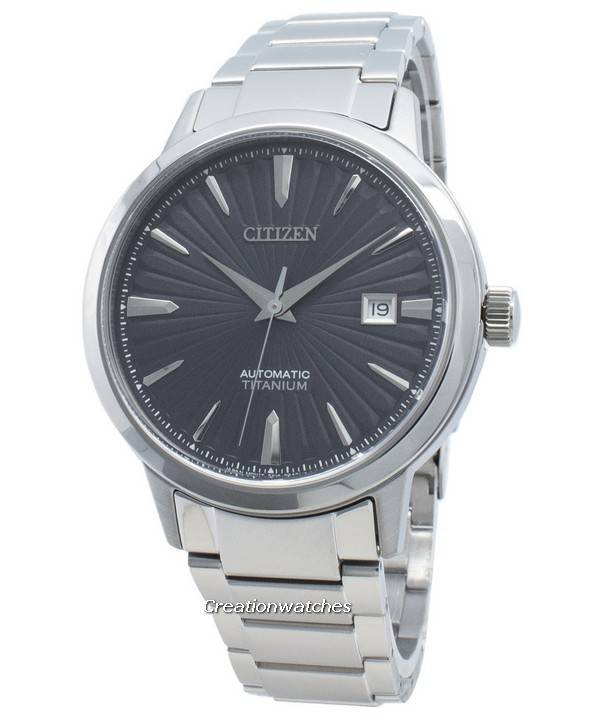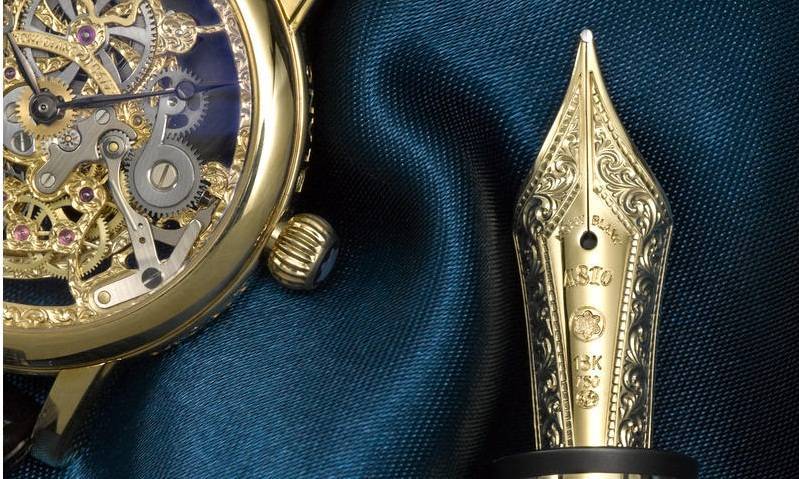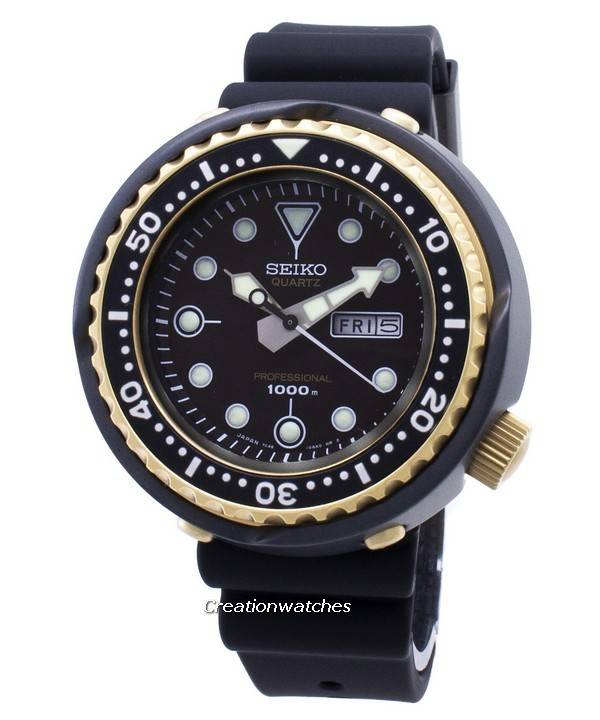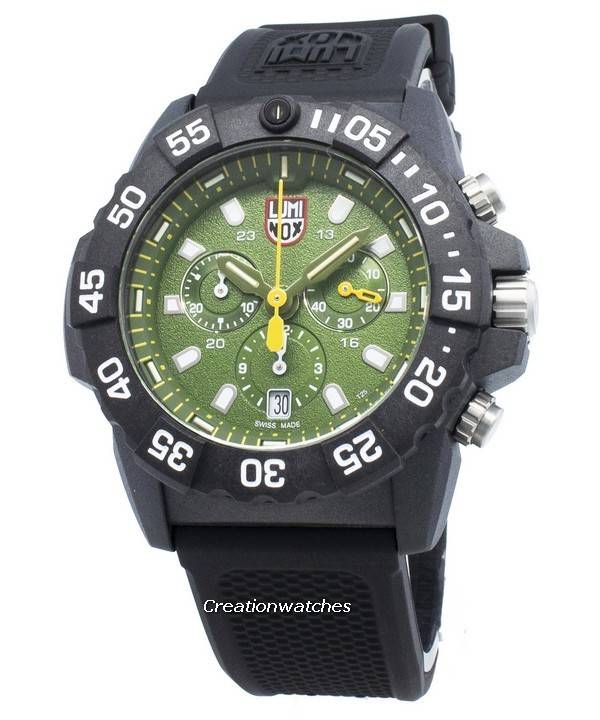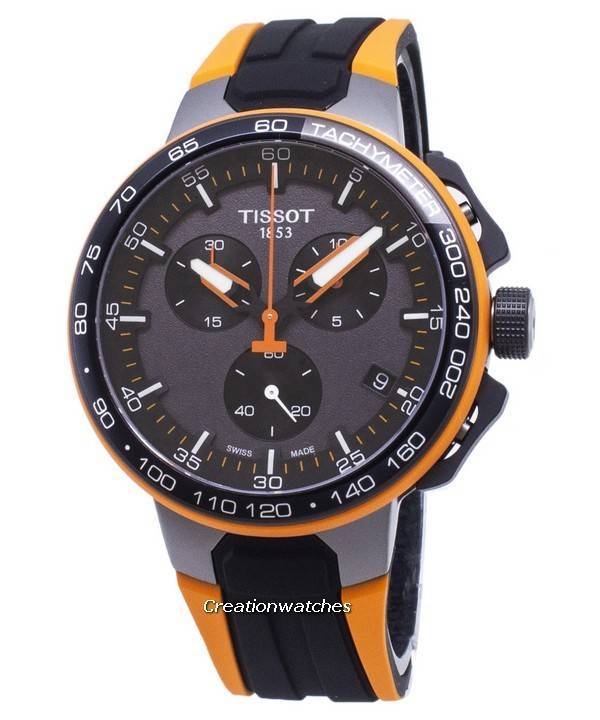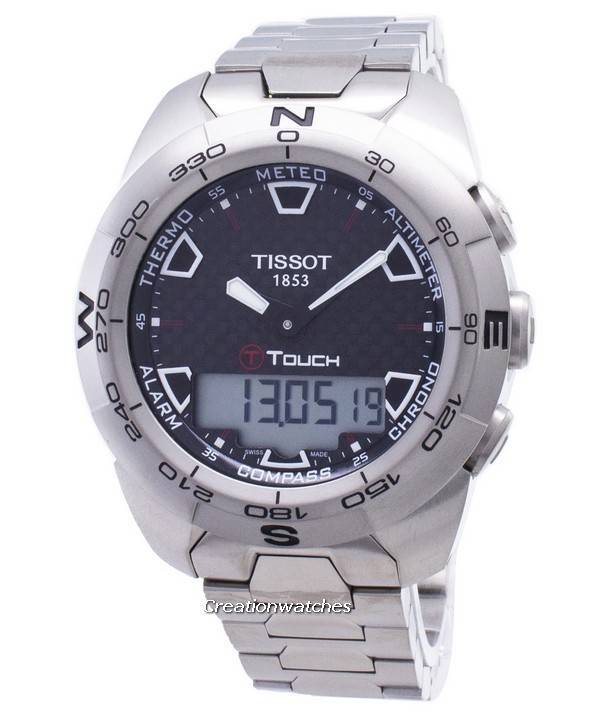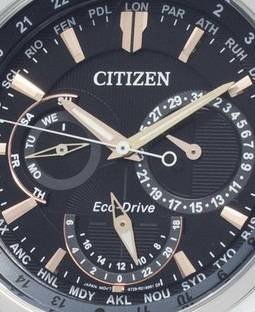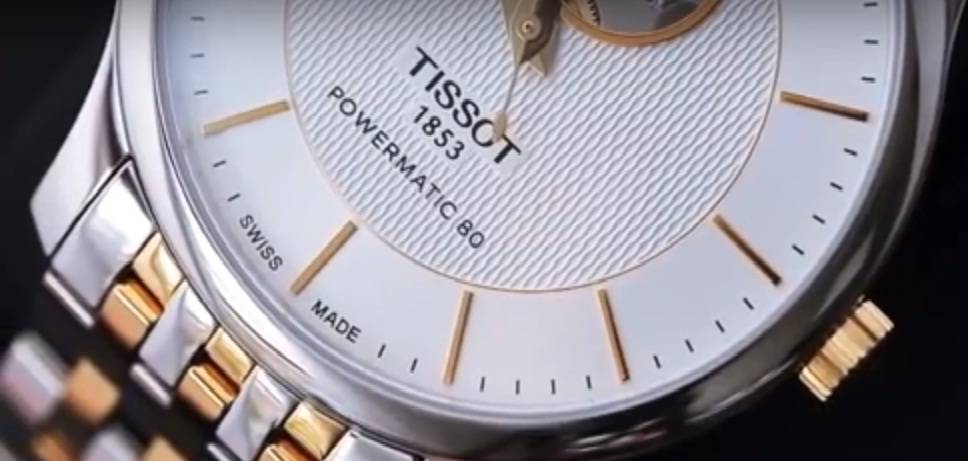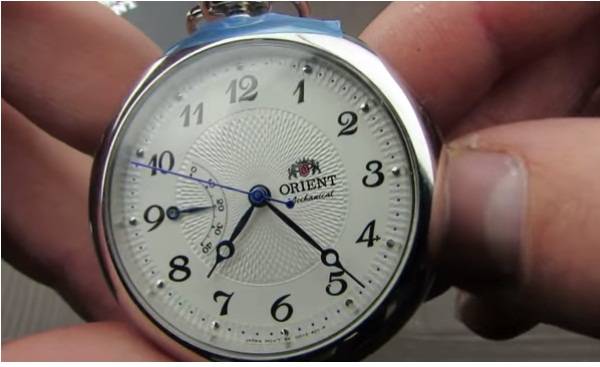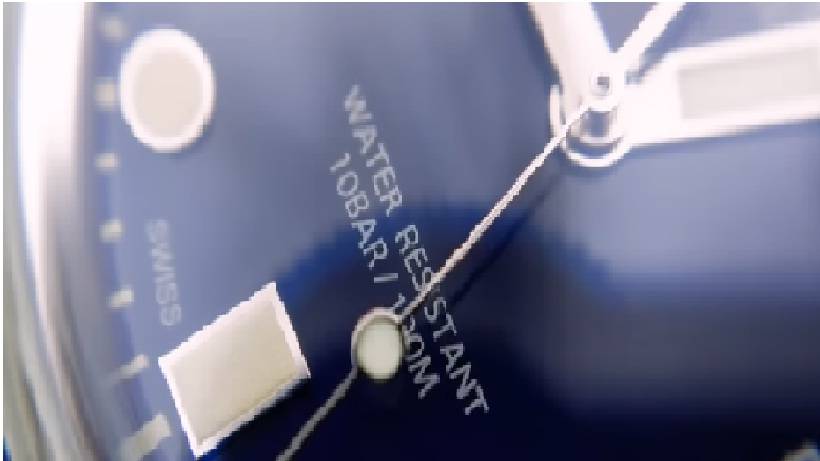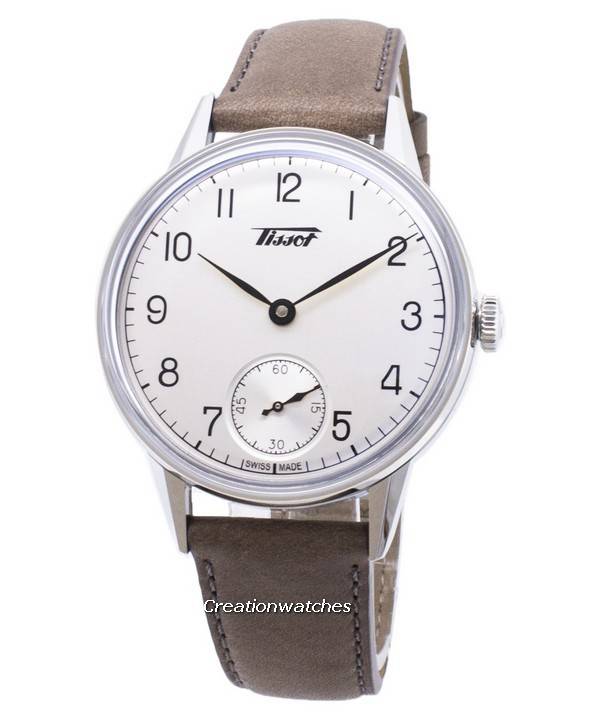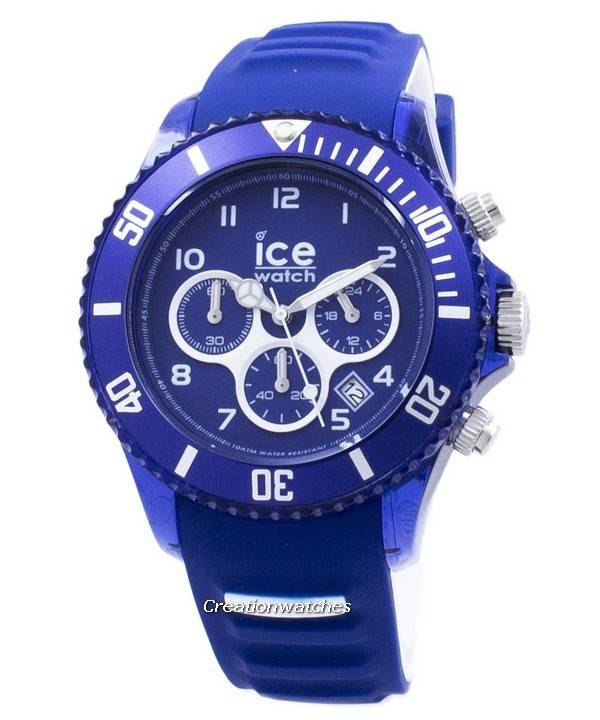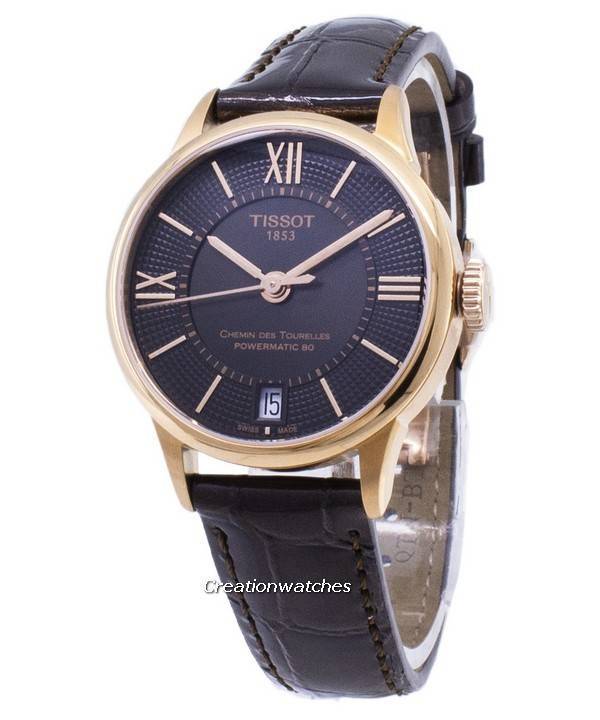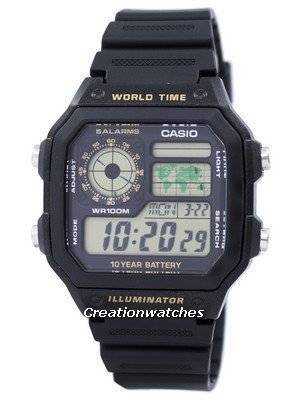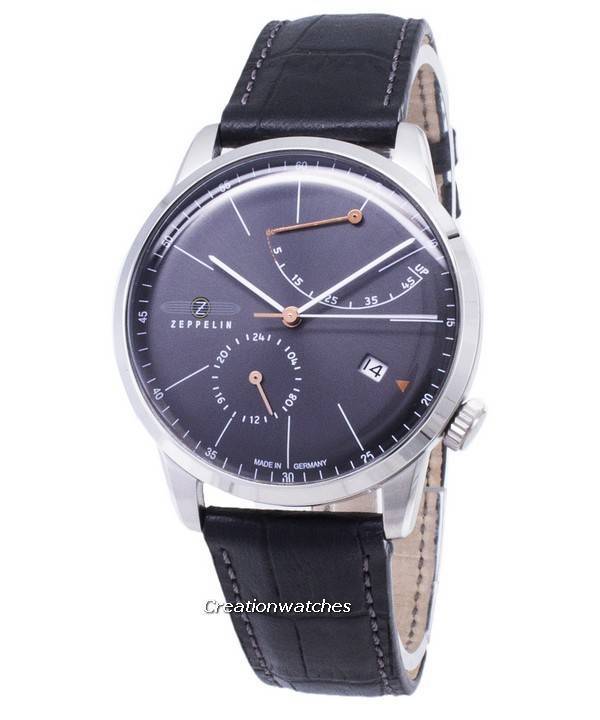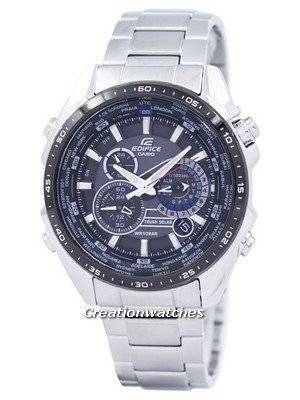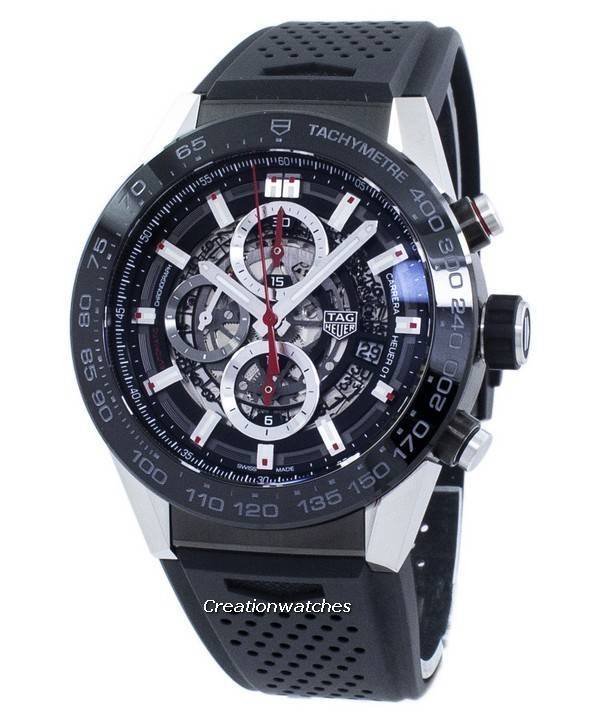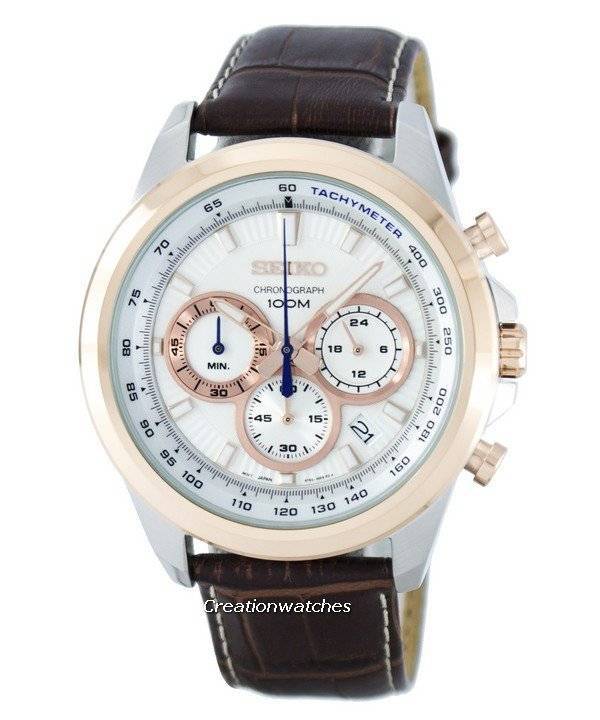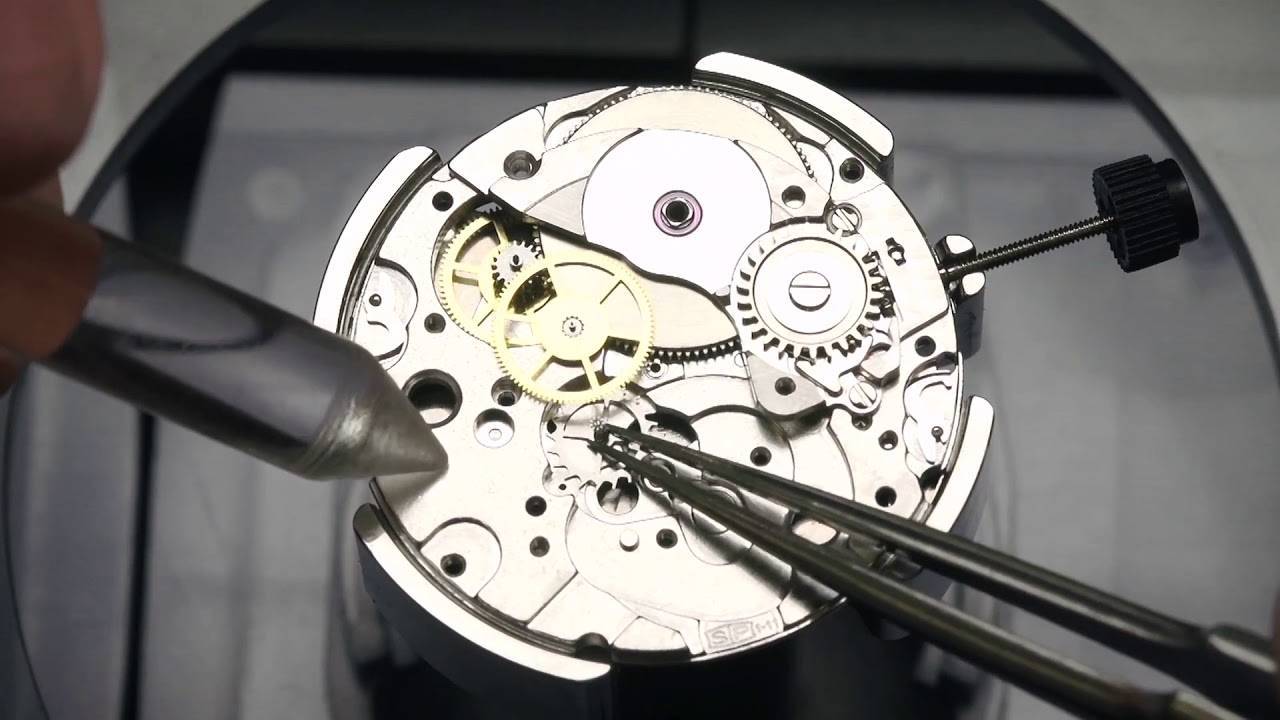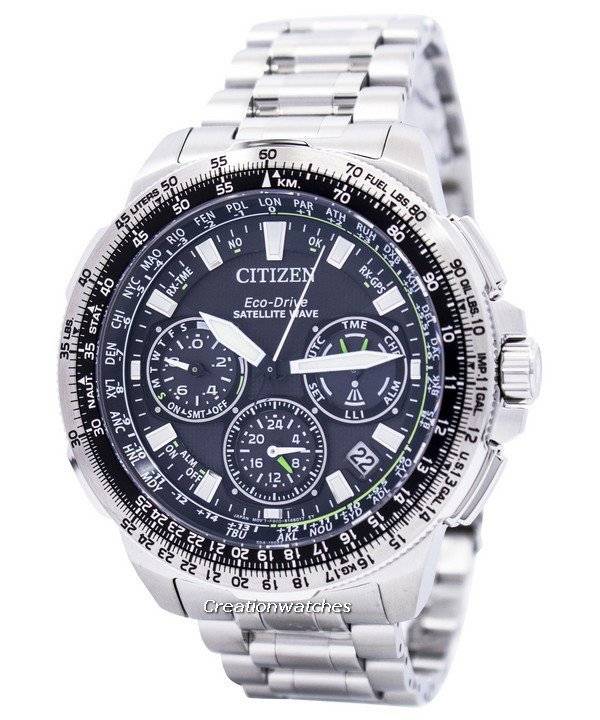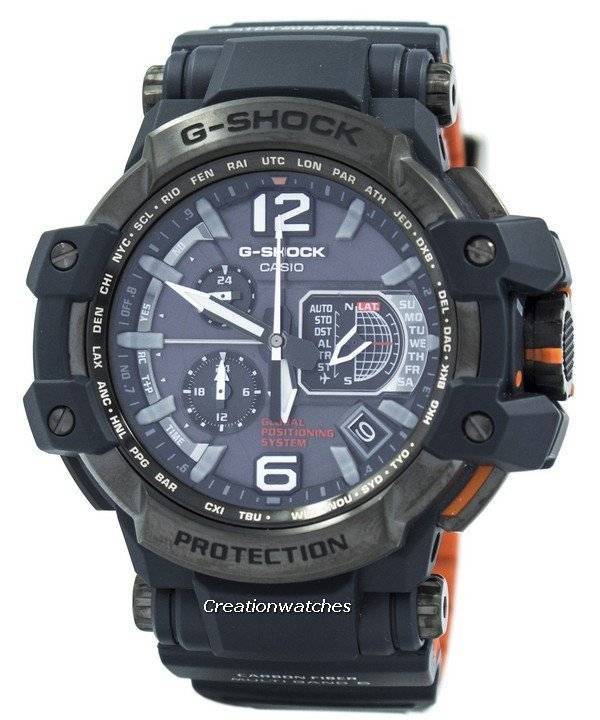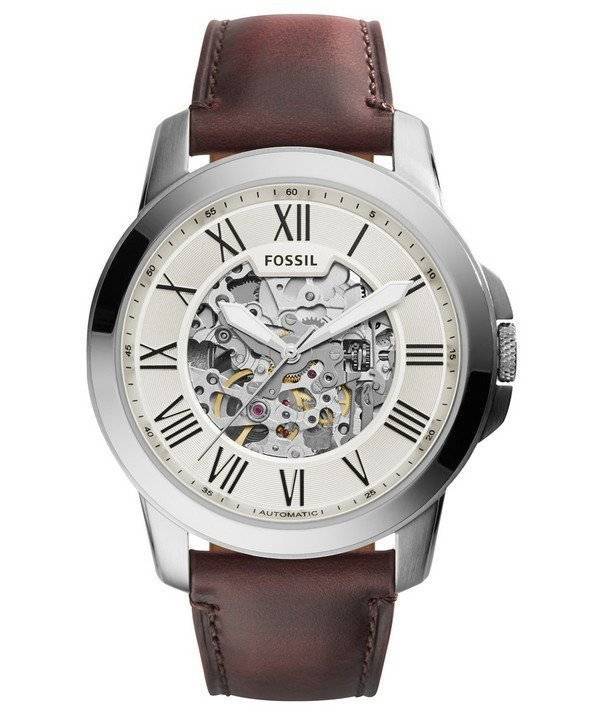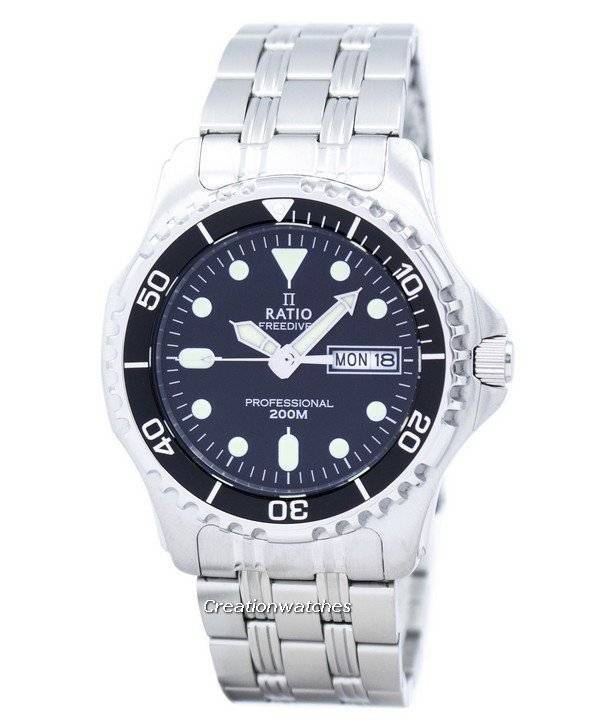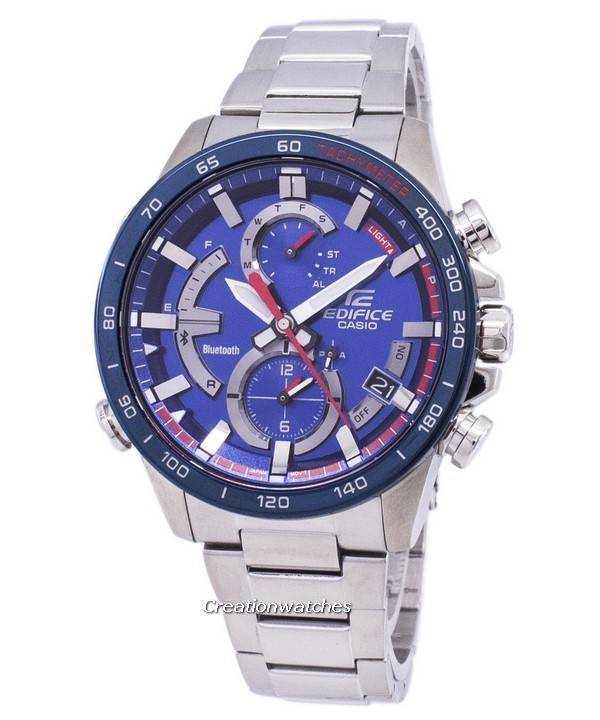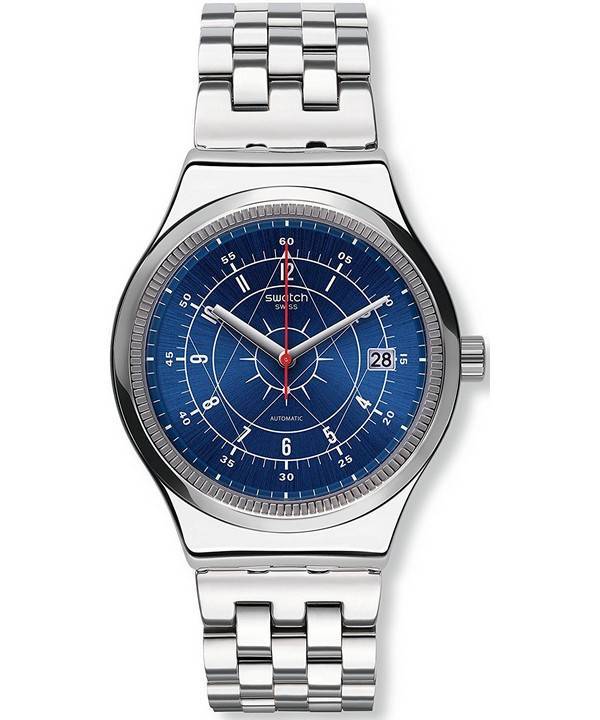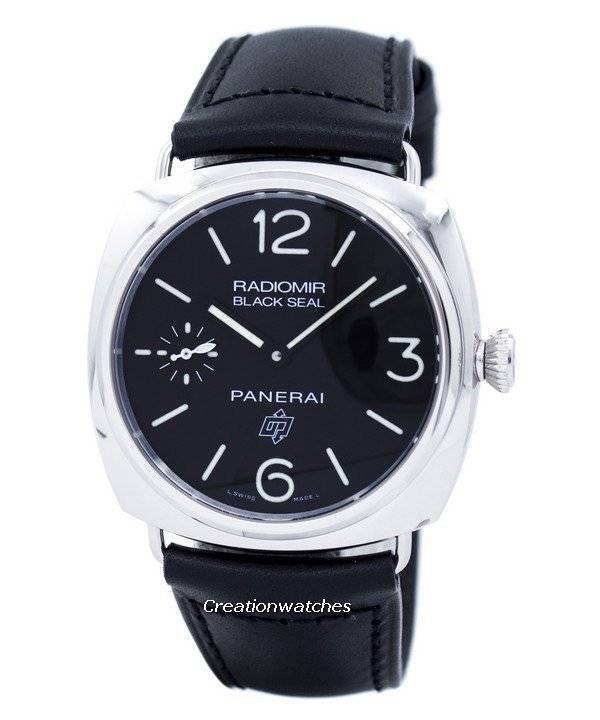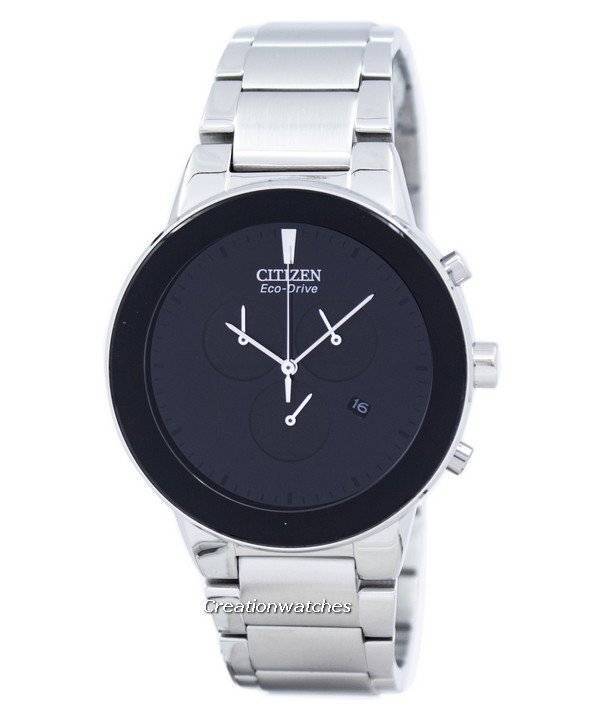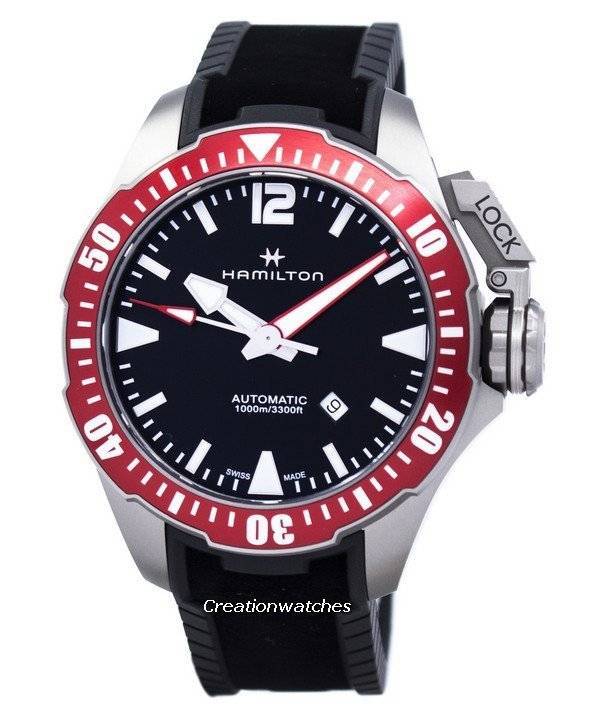
Shining stainless steel appeases; its toughness delights. Most of us welcome it in appliances of use; its brilliant hold against massive impacts leaves no questions to be asked. As your watch’s building material, steel has been a long-trusted ferric alloy to watch makers all over the world. There are harder synthetic materials available than steel; just that they don’t come as inexpensive as steel does.
And sure as Hell; they don’t relieve your worries the way steel does. The correct grade, of course!
So we pick 304 and 316 stainless steel from our last post and pit them against each other to see who wins!
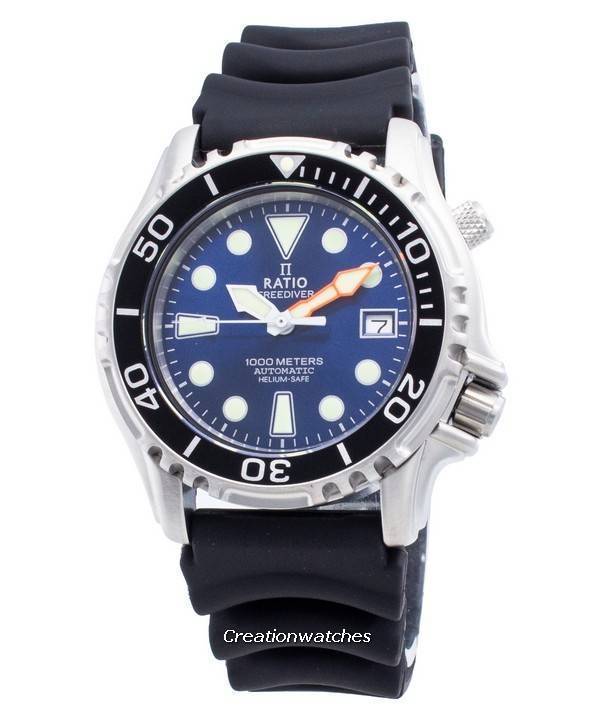
What’s stainless steel?
Stainless steel is a name that applies to specific iron-based alloys with a minimum of 10.5% Chromium to qualify. The chromium content varies as other elements are added; it increases and improves corrosion resistance and imparts other properties too. More than 50 types of stainless steel grades so far have been recognized by the American Iron and Steel Institute (AISI).
Mixes matter
- 304: Low-carbon austenitic alloy; 18% Chromium and 8% nickel makes the most versatile and widely used type of steel, which is this. It’s resistant to oxidation and corrosion; has a very good durability. East to fabricate and clean; takes a variety of finishes and shines.
- 316: Got 16% Chromium and 10% nickel into the austenitic mix; additionally, 2% molybdenum for superior corrosion resistance to sulfides and chlorides (sea water, acids and salts); bromides, iodides and fatty acids even at high temperature, being heat-resistant. It’s durable and easy to weld, finish, fabricate and clean. It is also required in the manufacture of instruments where metallic contamination is a concern.
Knowing your steel:
You can’t tell the type just by looking at it. Experts can; by detecting almost invisible differences whereas ordinary people like us will find the polishes or grains exactly the same. But a MTR (material test report) is always more plausible. You can’t do that without buying, though. But the manufacturer’s – if not obscure ones – vouch for the authenticity of the steel’s grade.
For obvious reasons, Type 316 stainless steel is popular among dive watches and you will find Type 316L in most. This one just has the carbon content a little lower than Type 316, that’s all. And it’s harder than the 904L used by Rolex!
For diver-styled watches, however; Type 304 will do. These will not go to professional fields ever and water parks and the beach fun and frolics are not enough to break it as long as you give it a clean wipe following every exposure in the pool or the sea.
Both are highly scratch-resistant.
[Further reading: Stainless Steel for Coastal and Salt Corrosion Applications]
Drop a reply and let us know what kind of steel appeals to you more. Or, what steel would be more suitable for a particular watch model.


